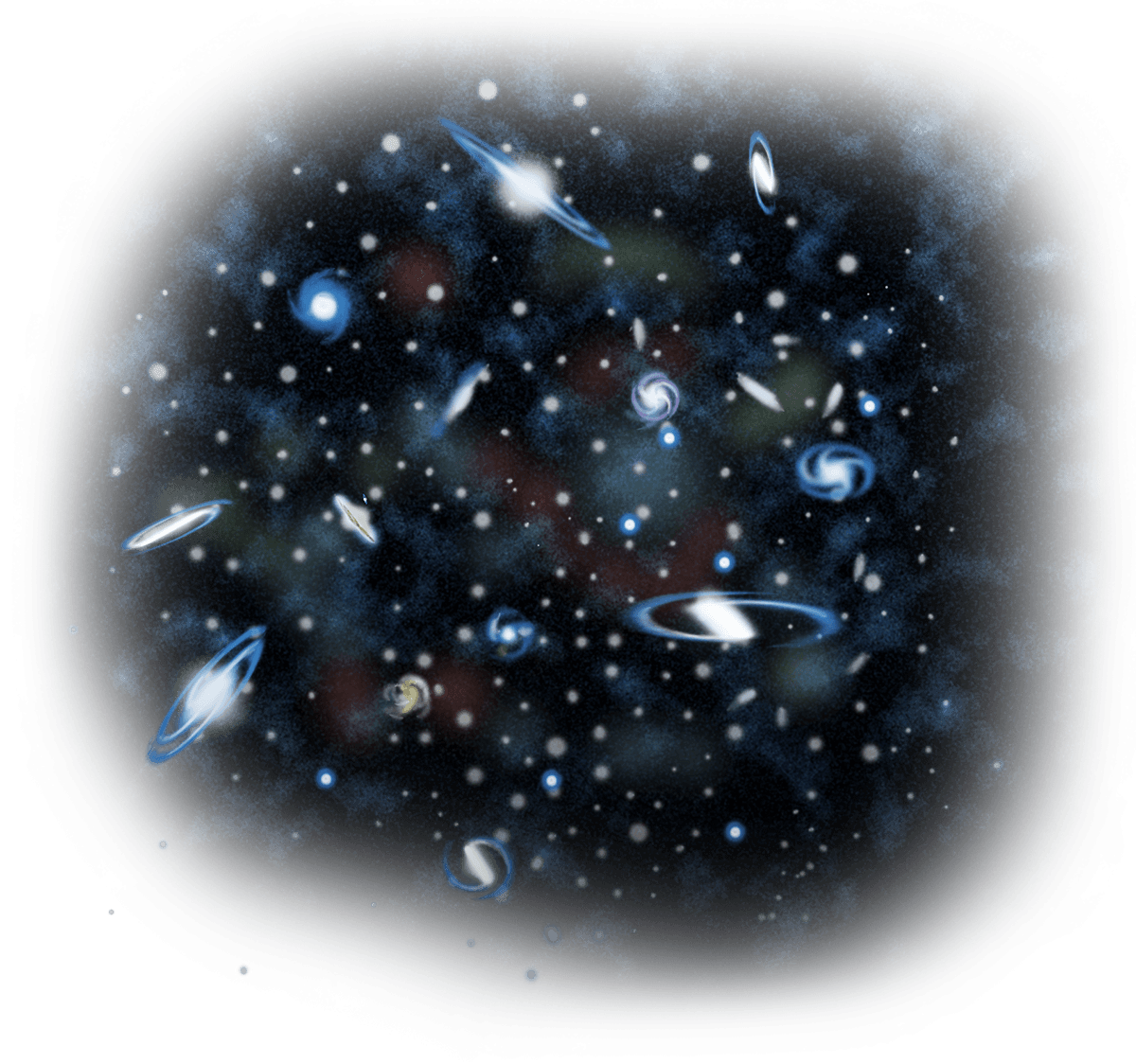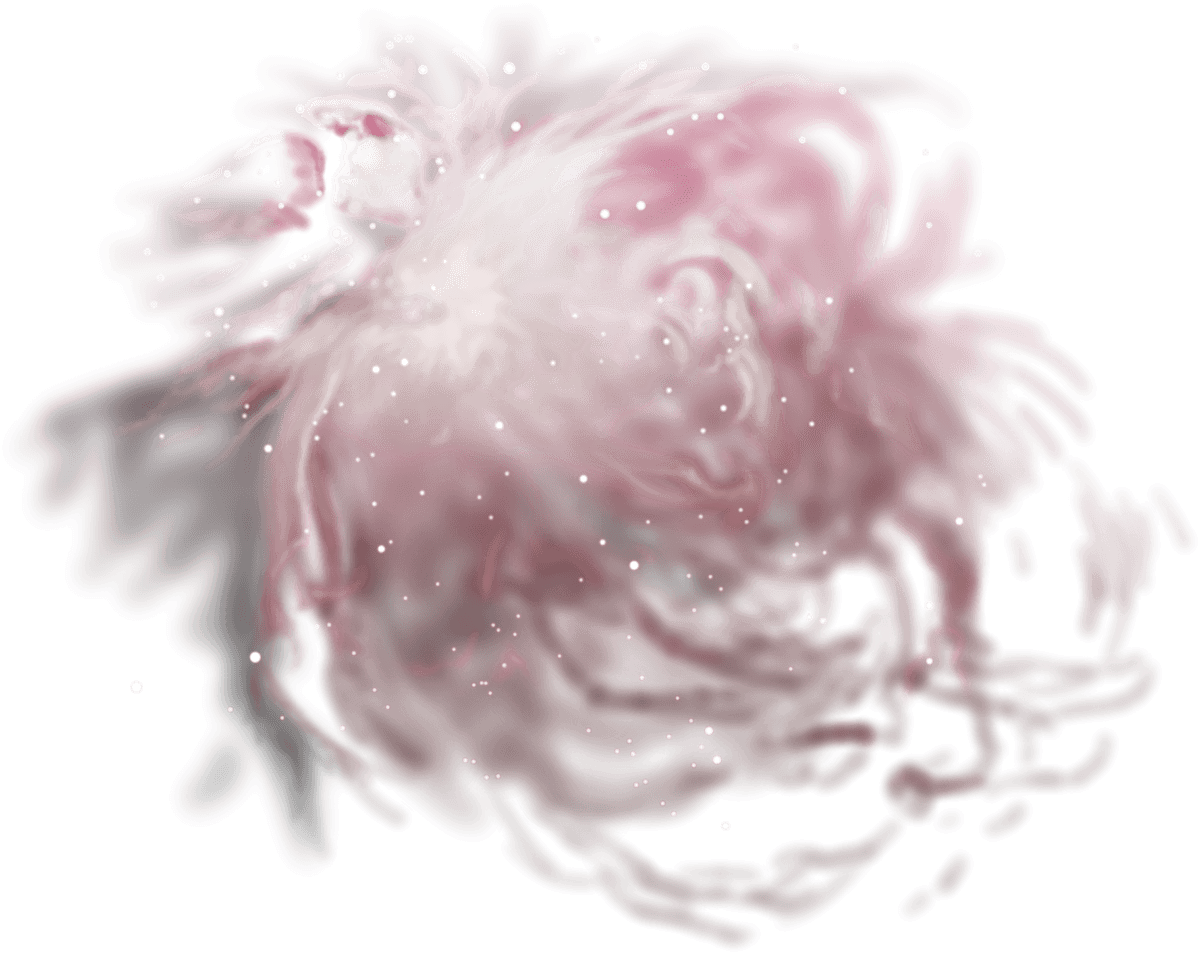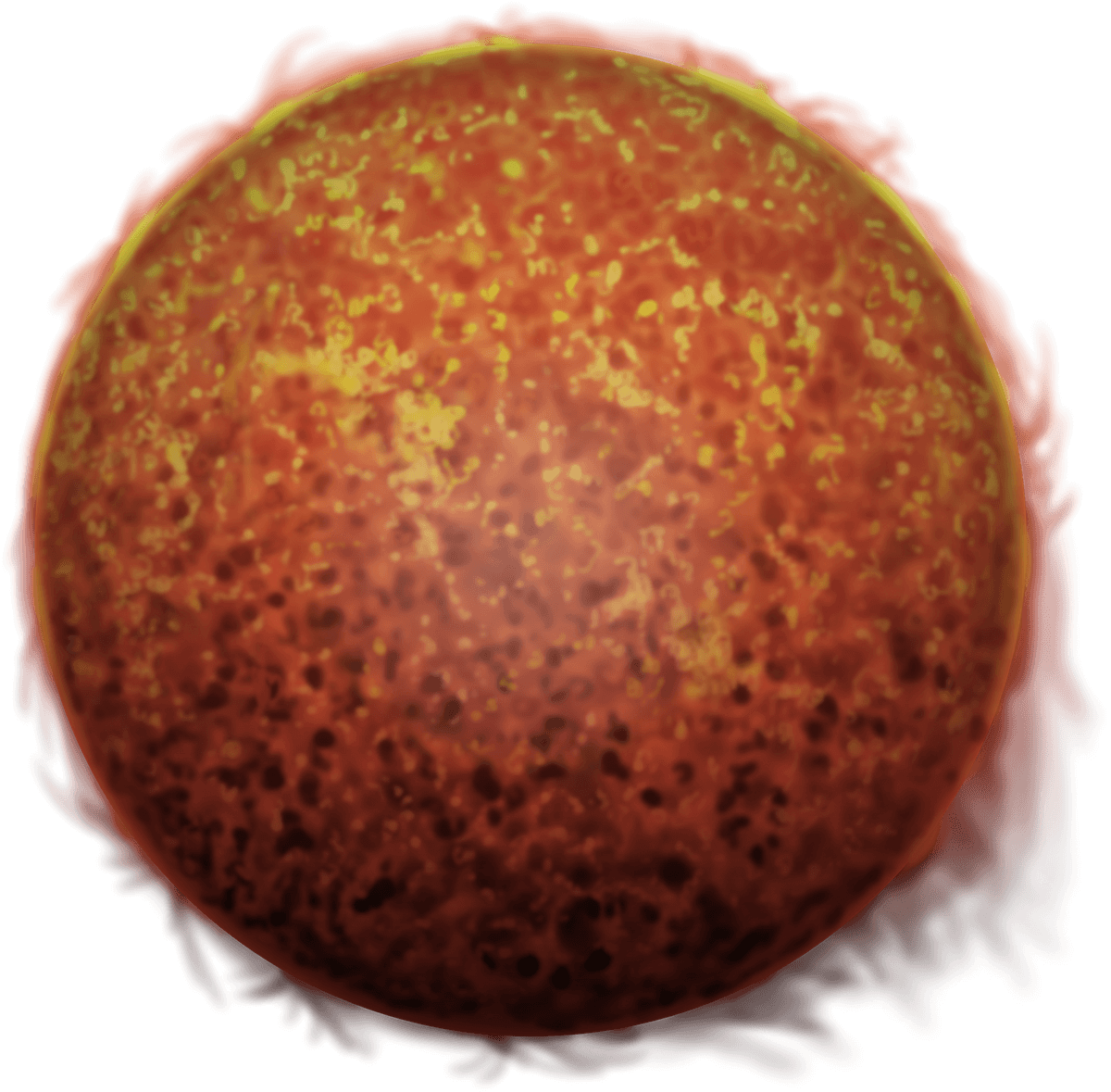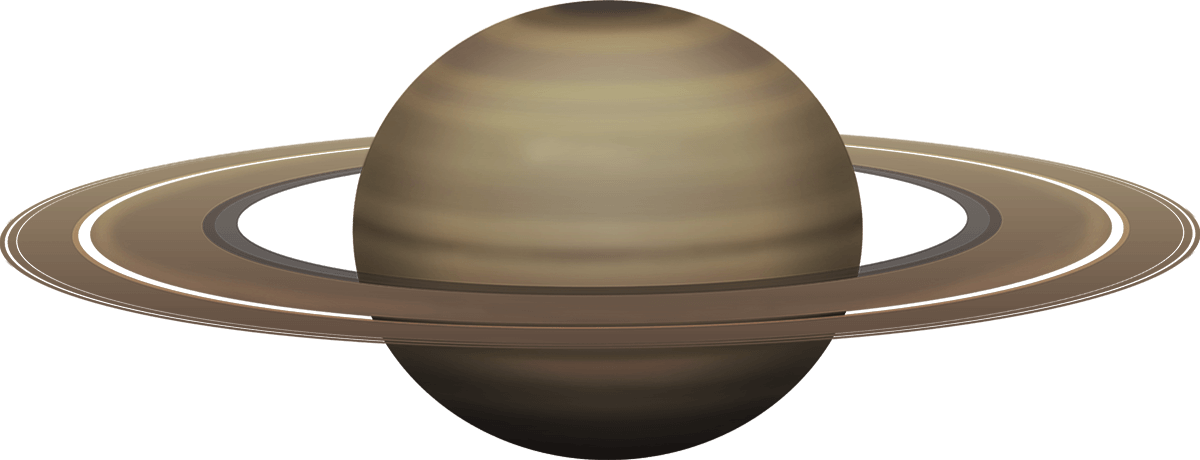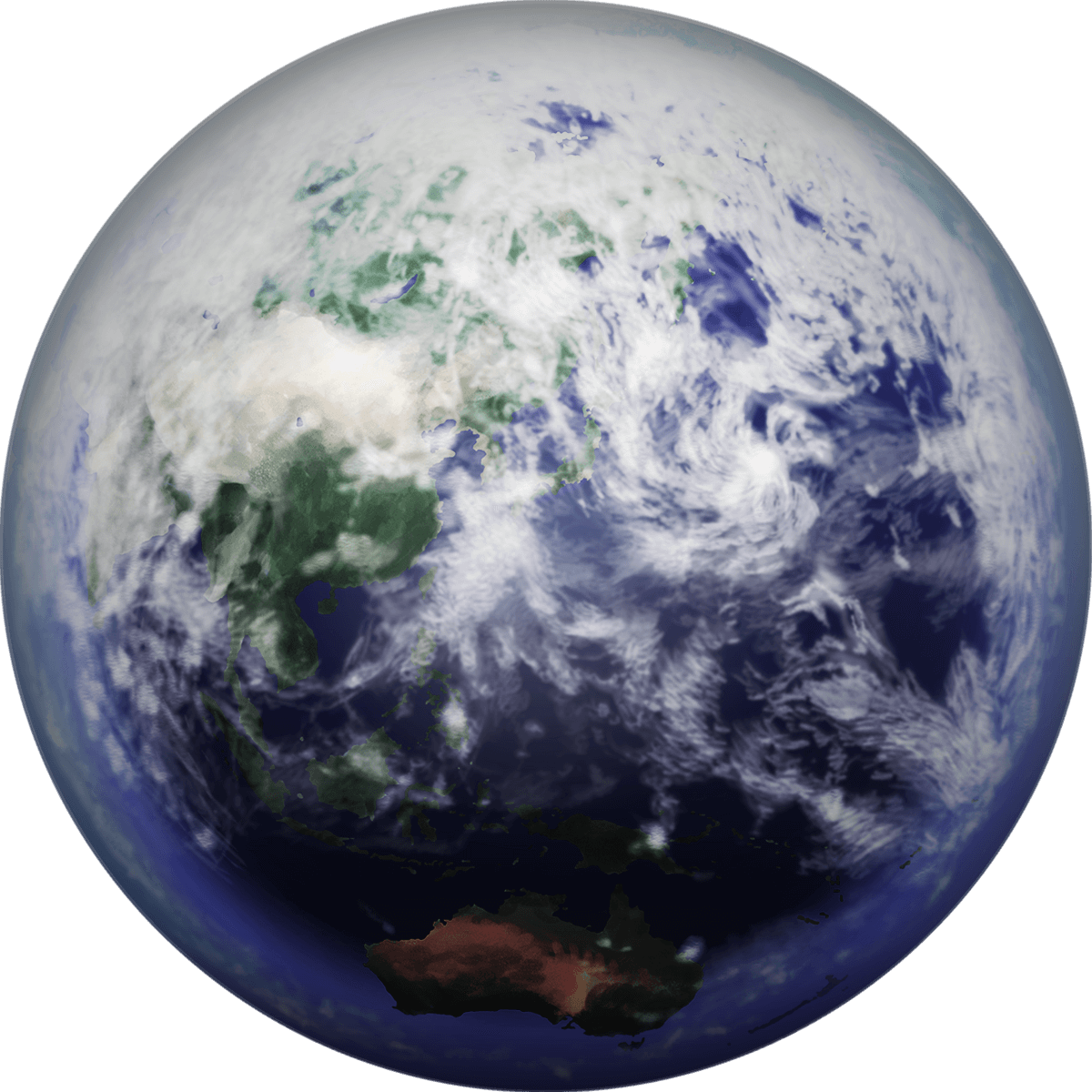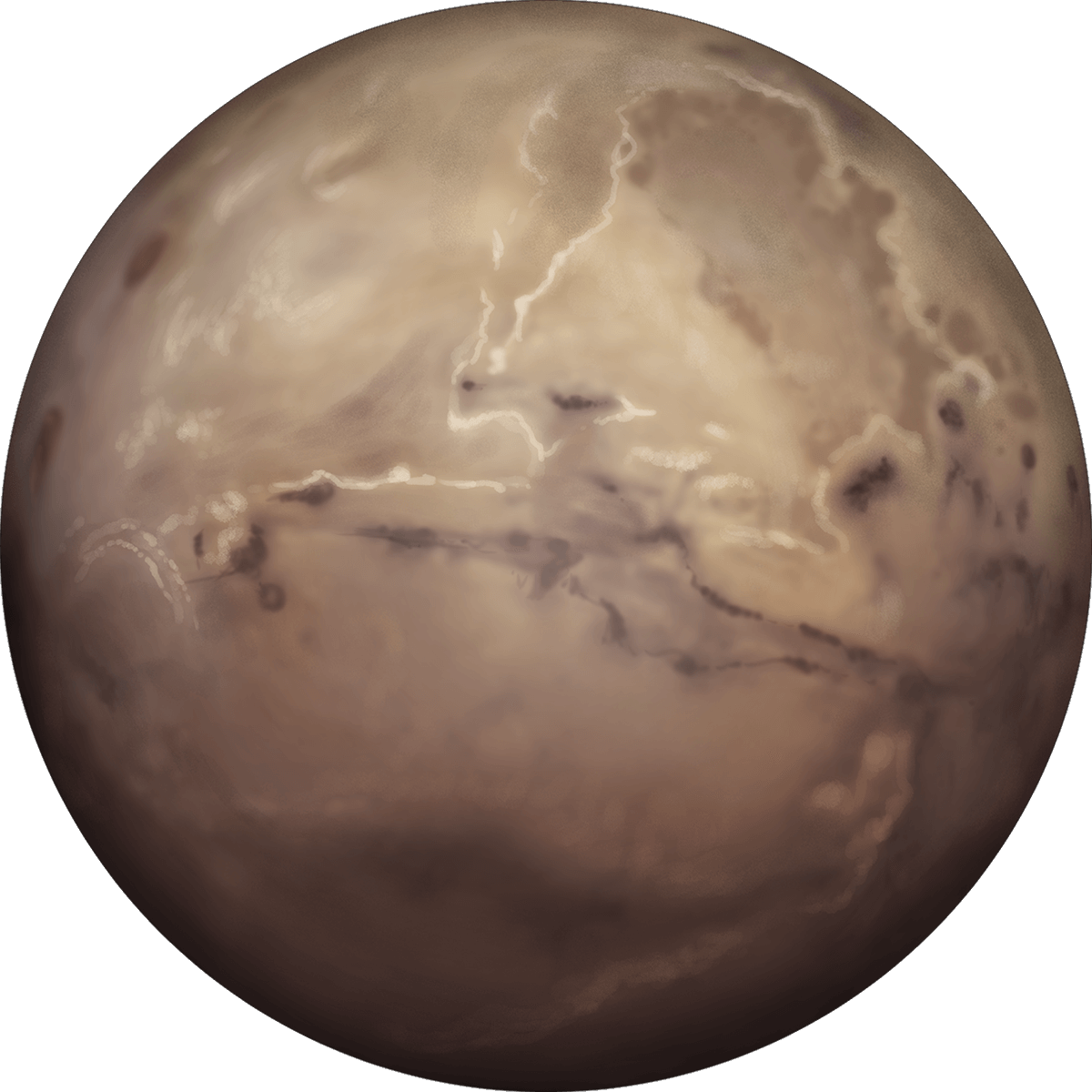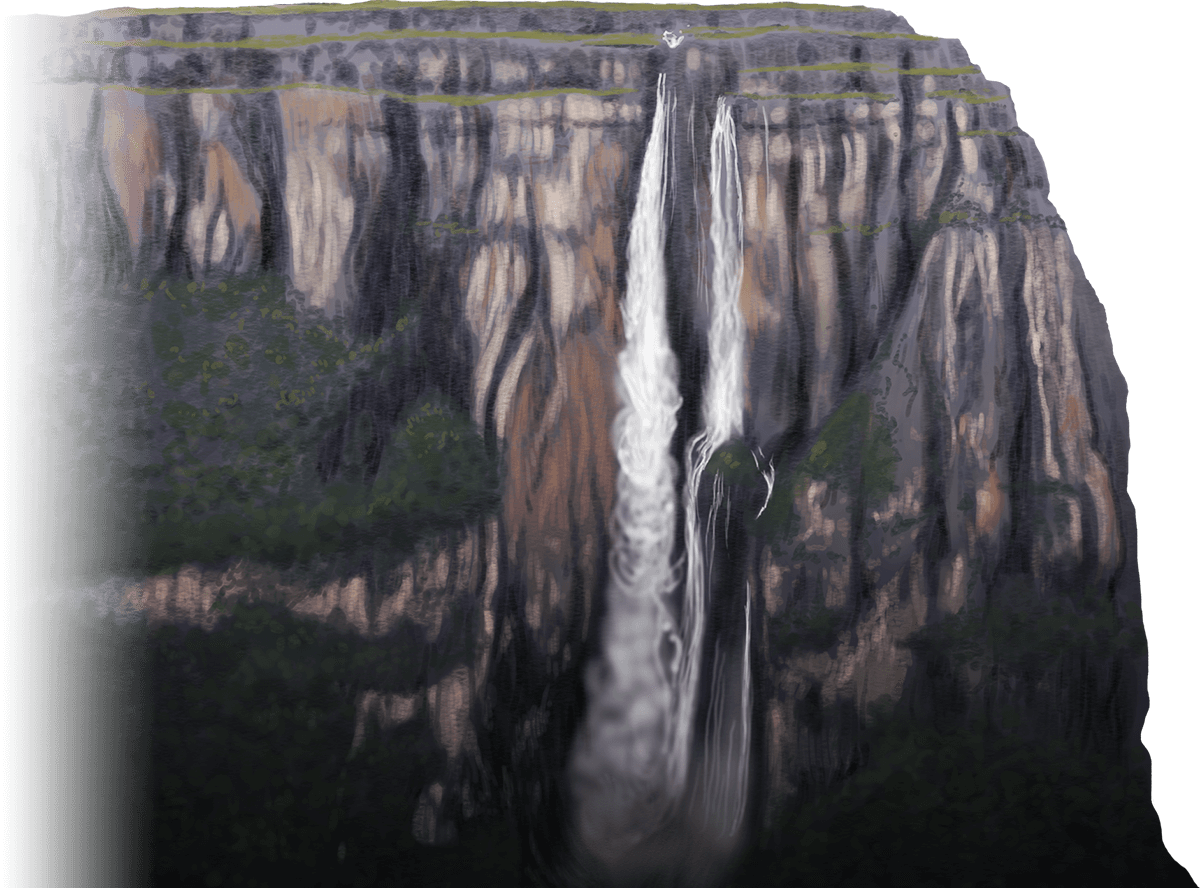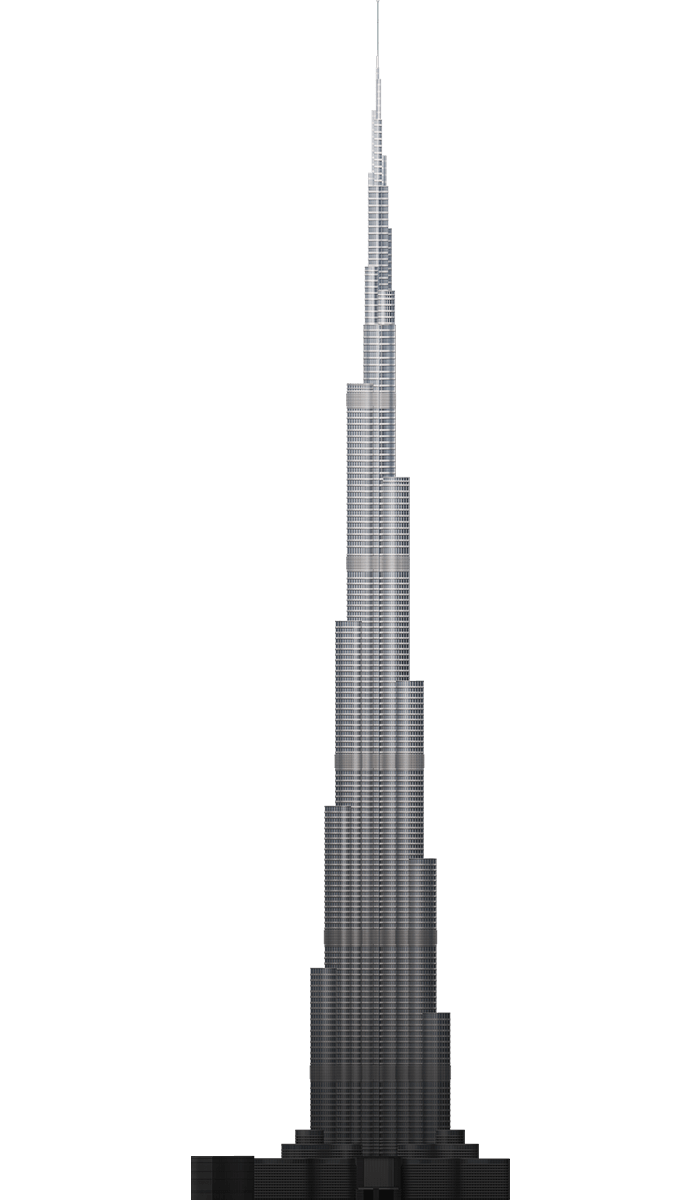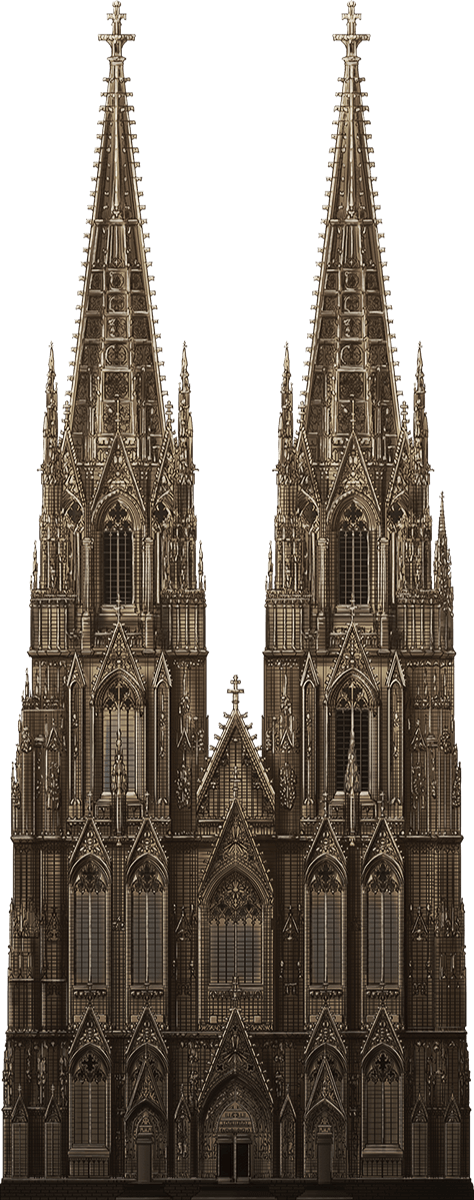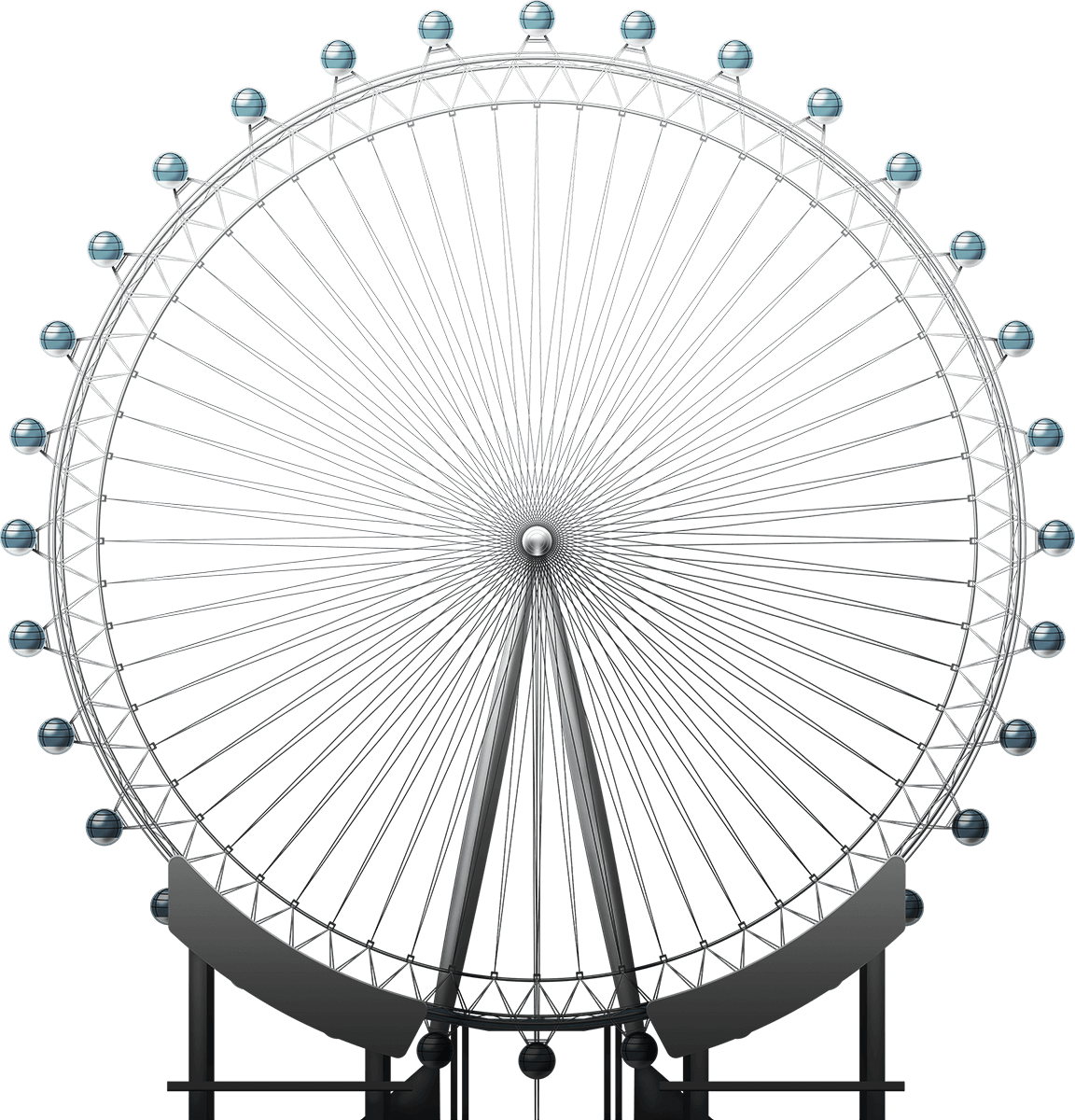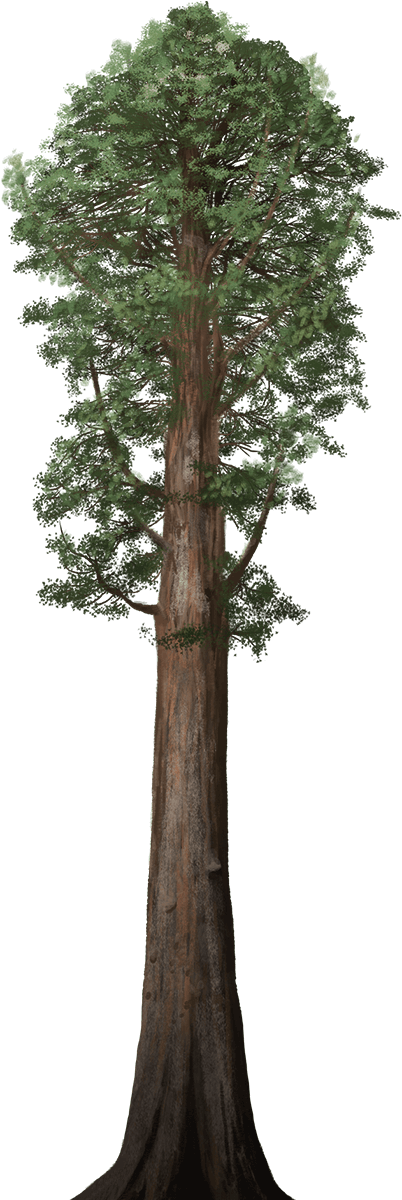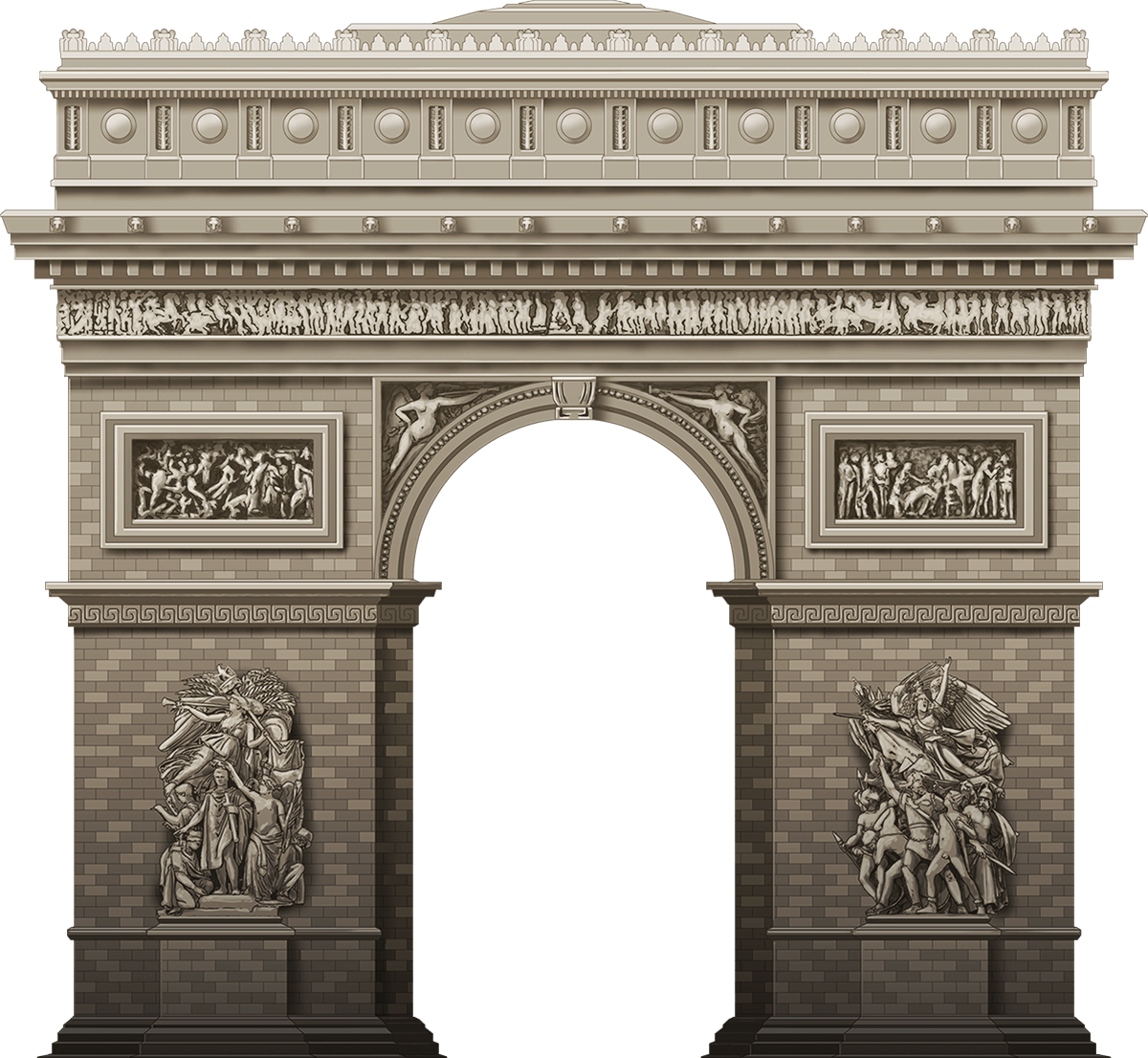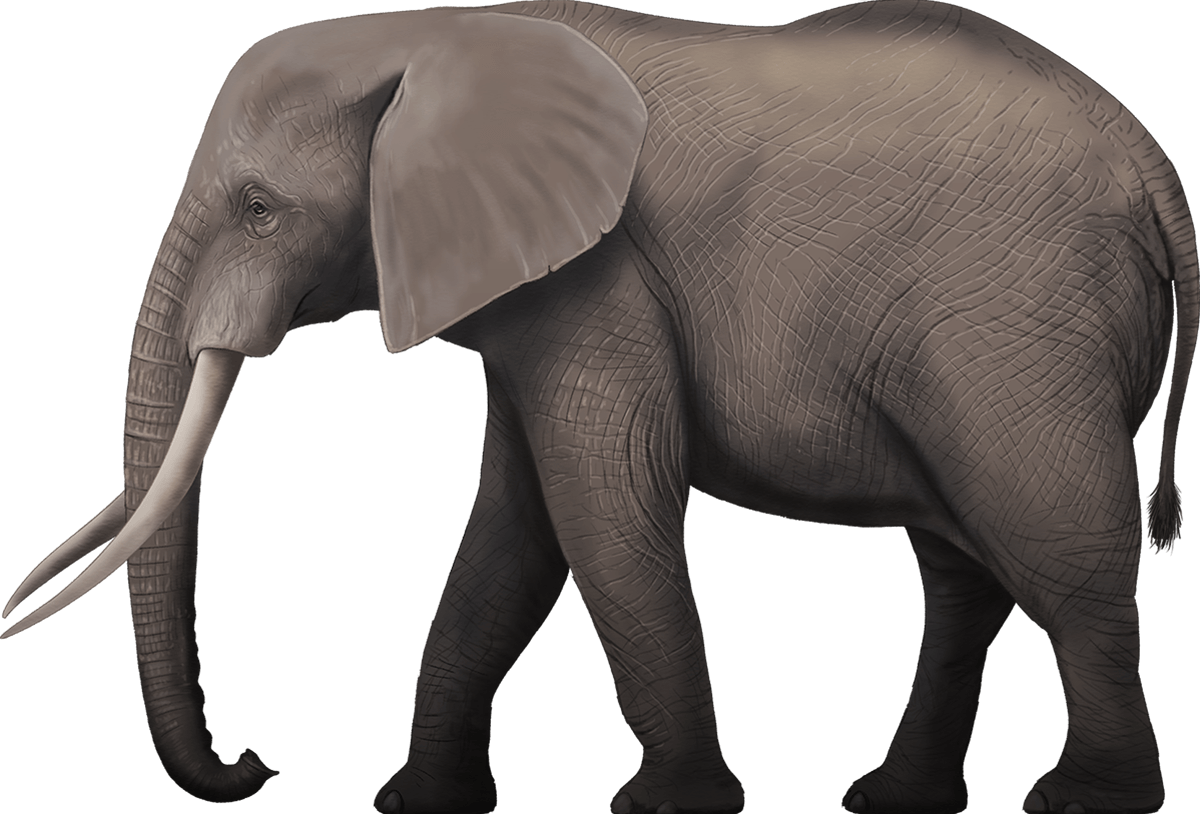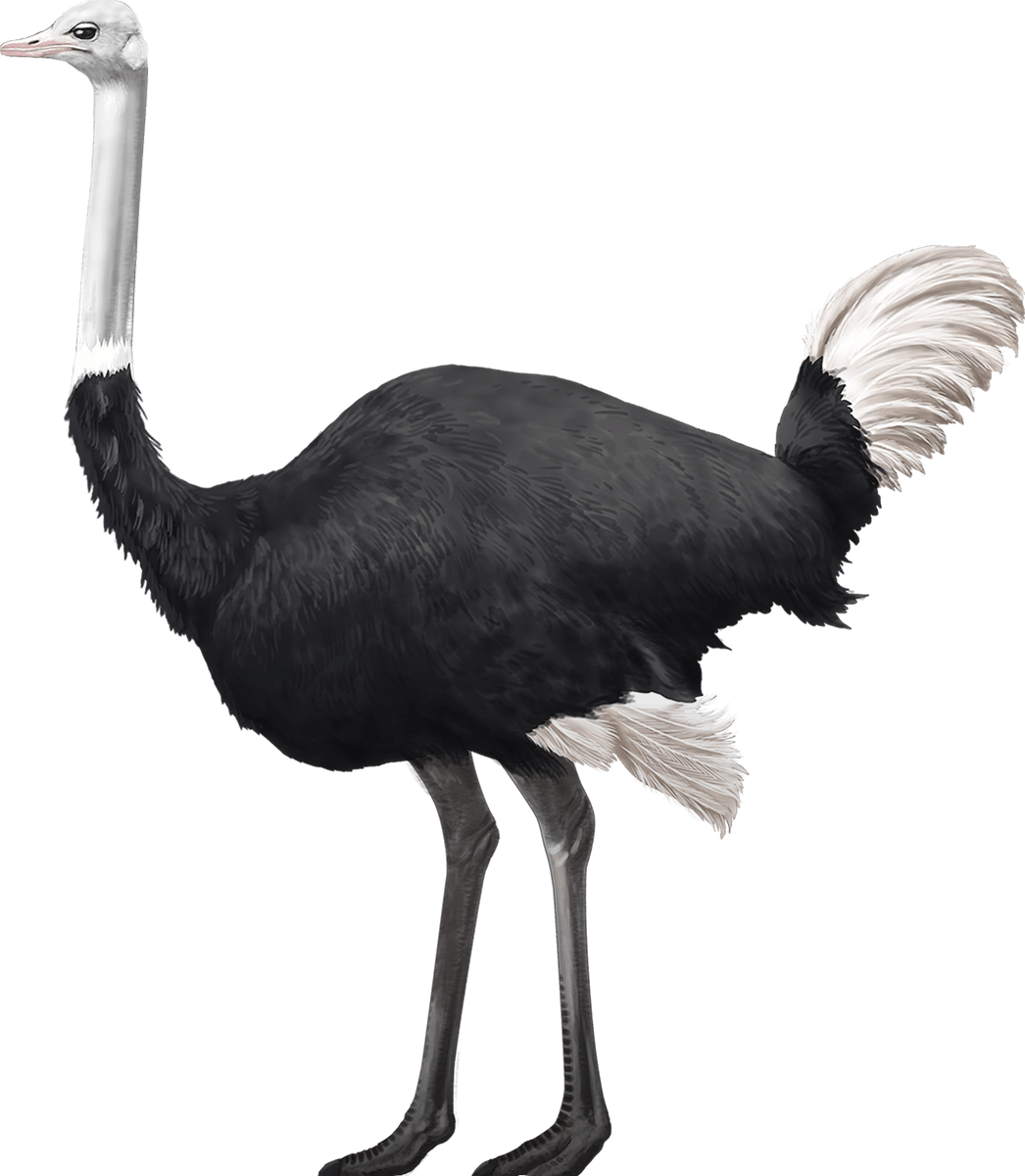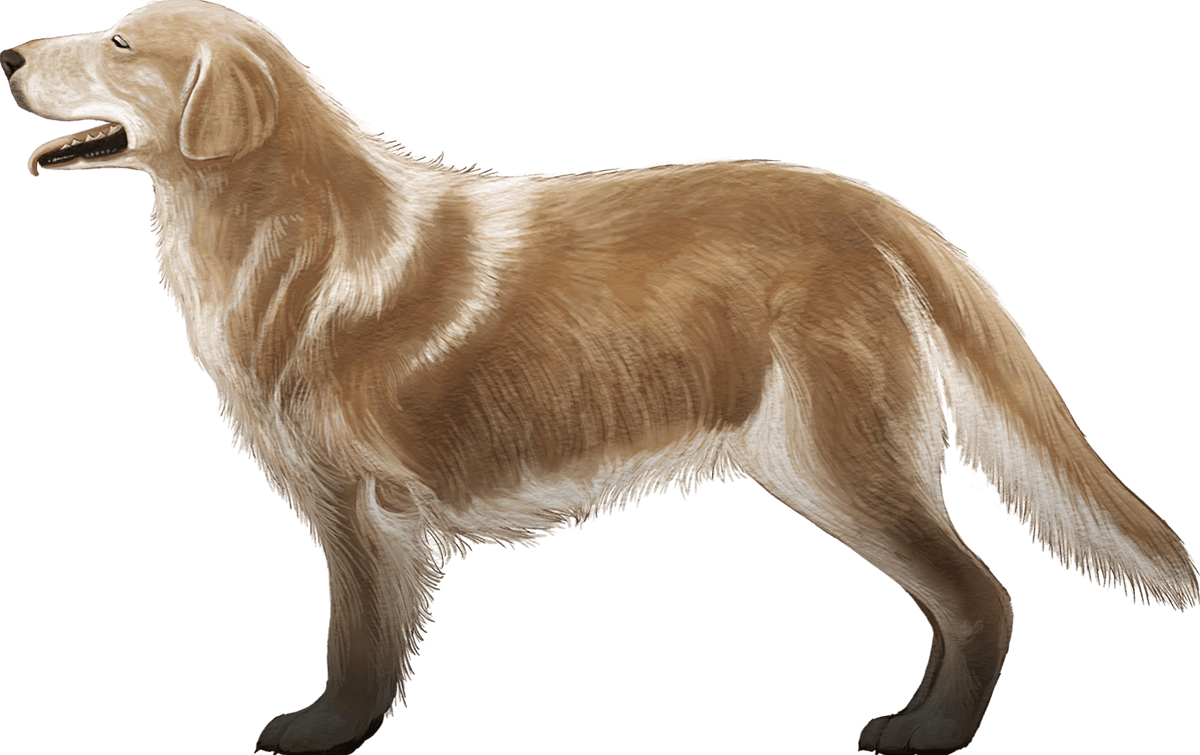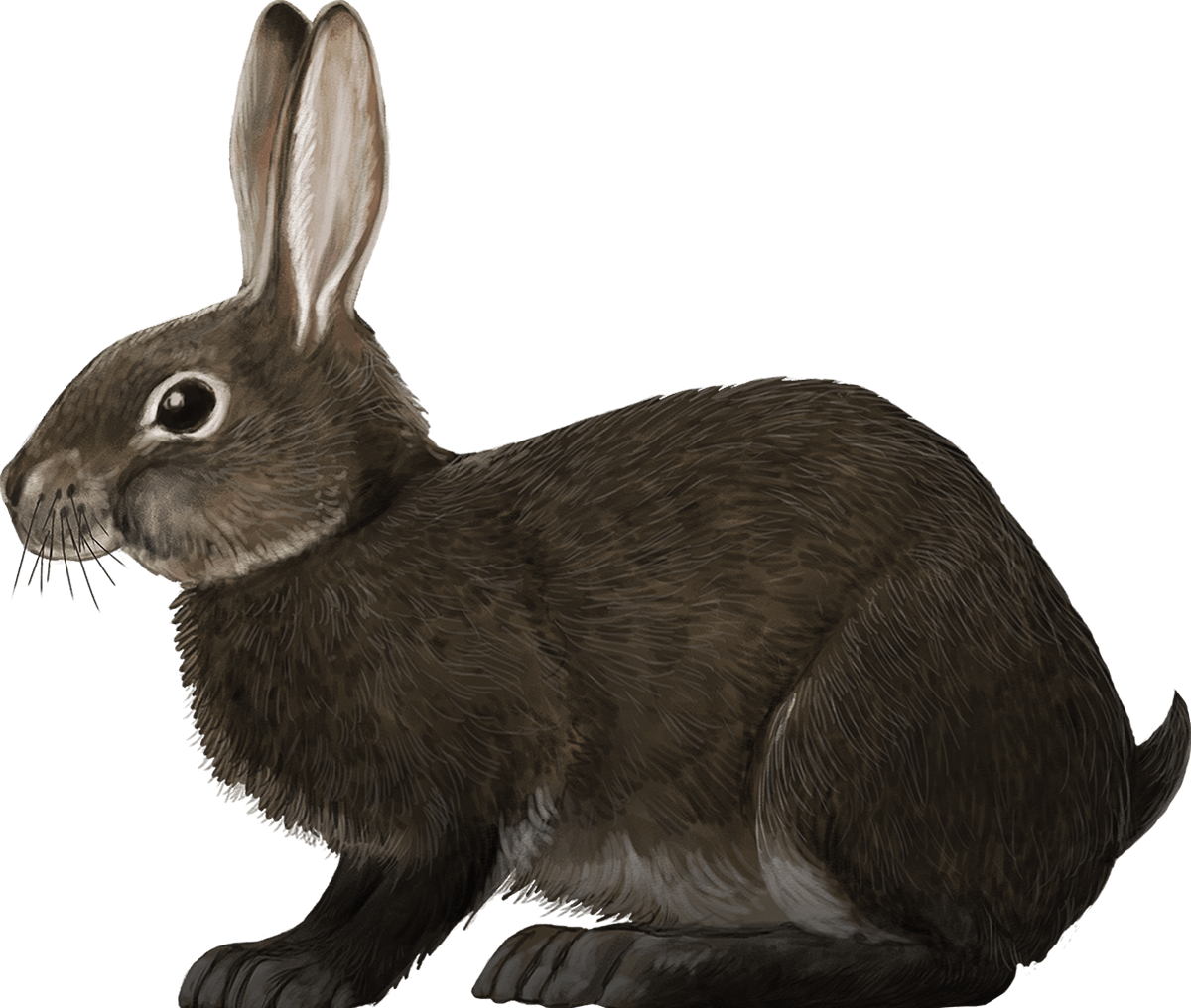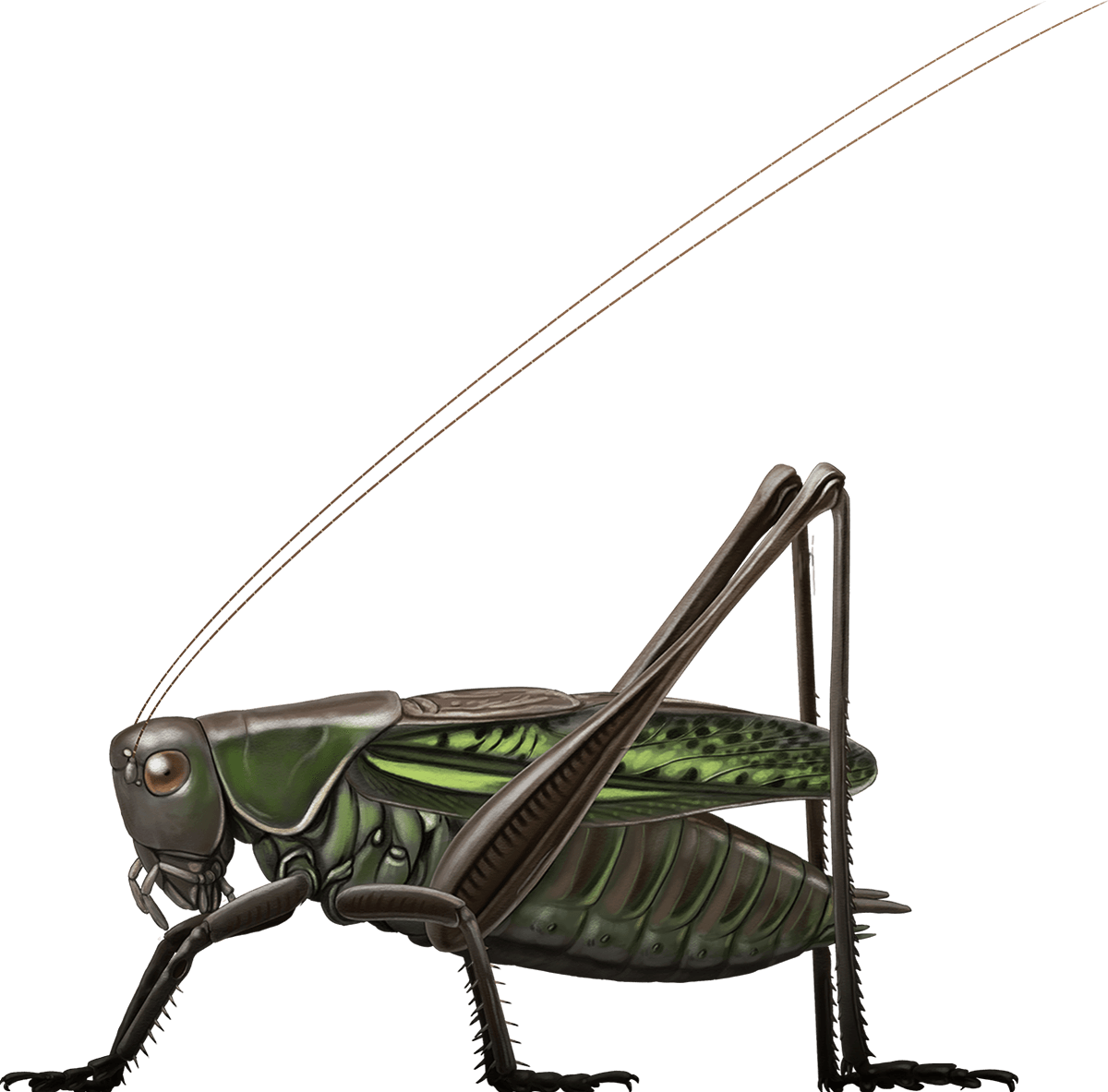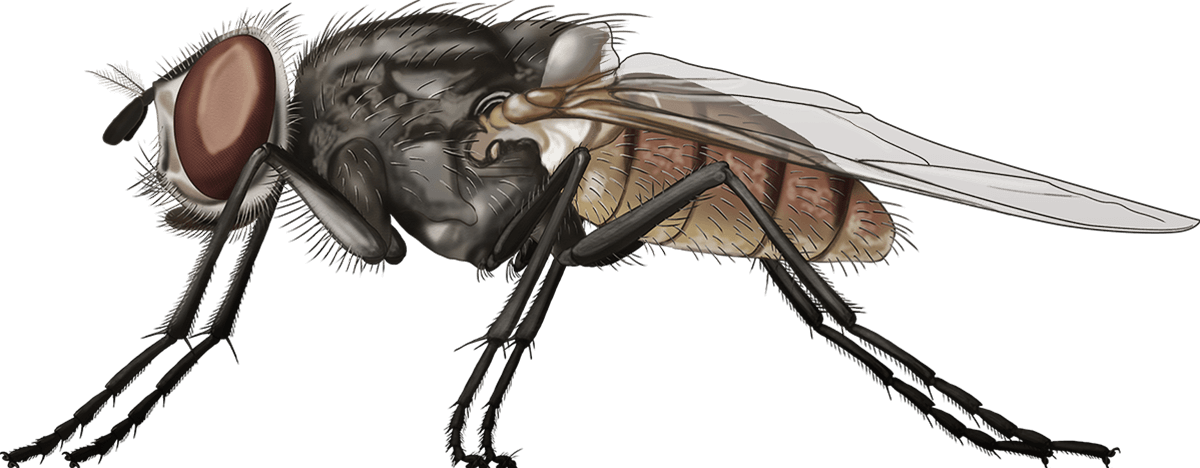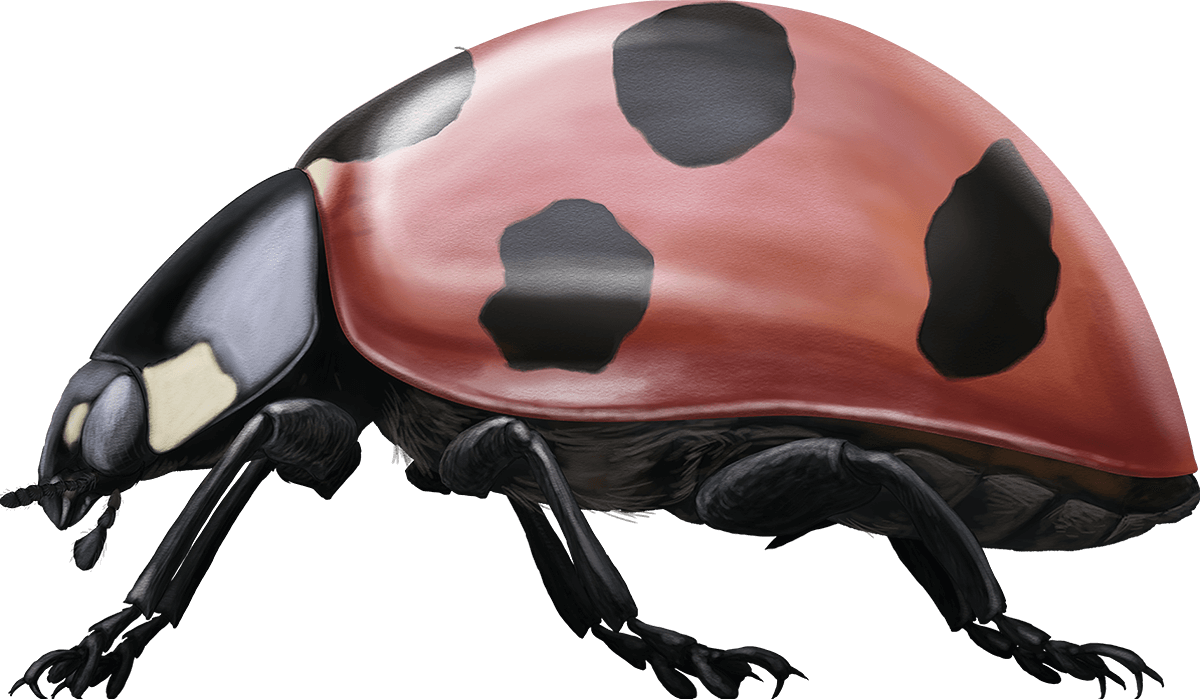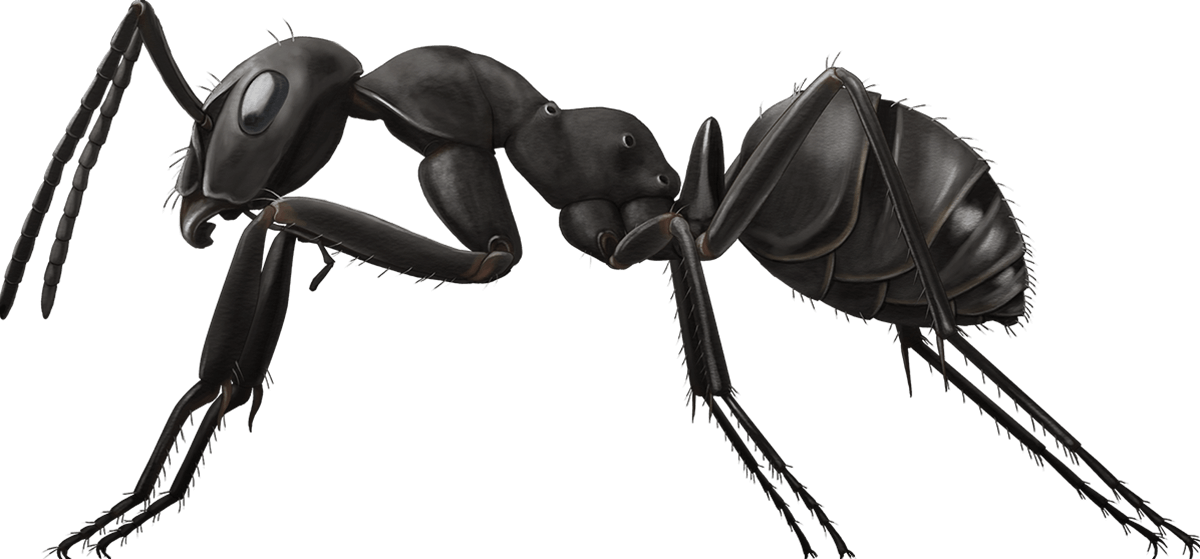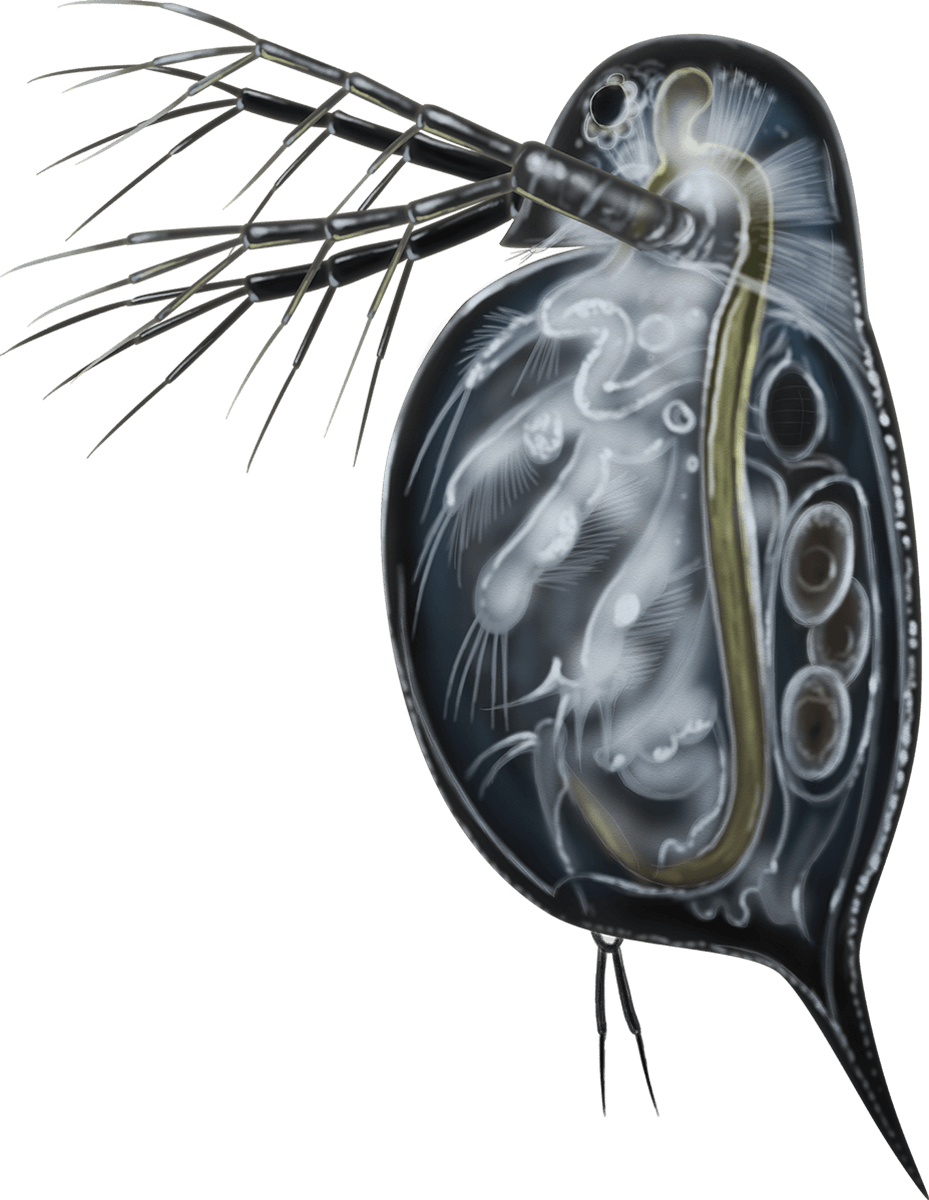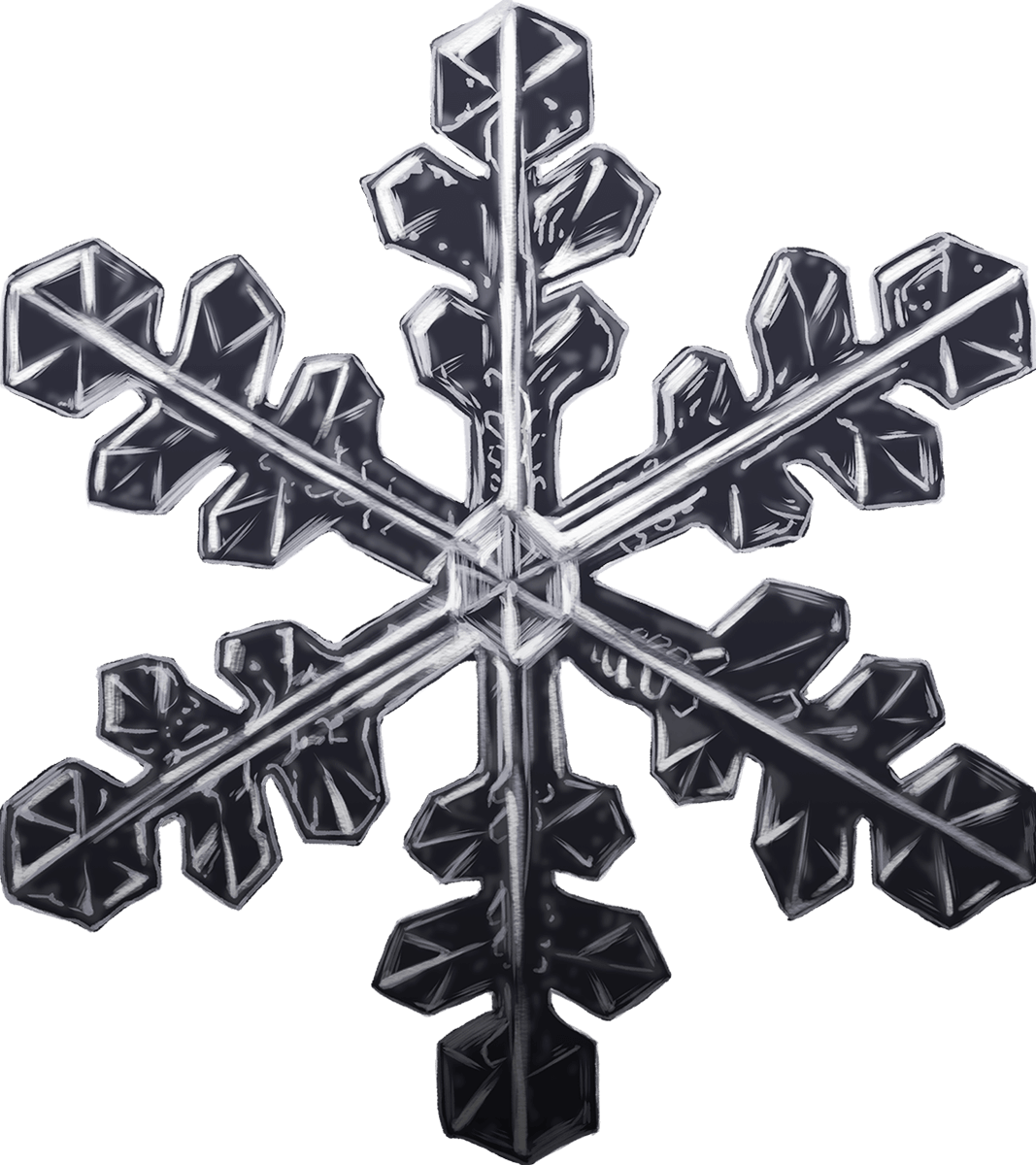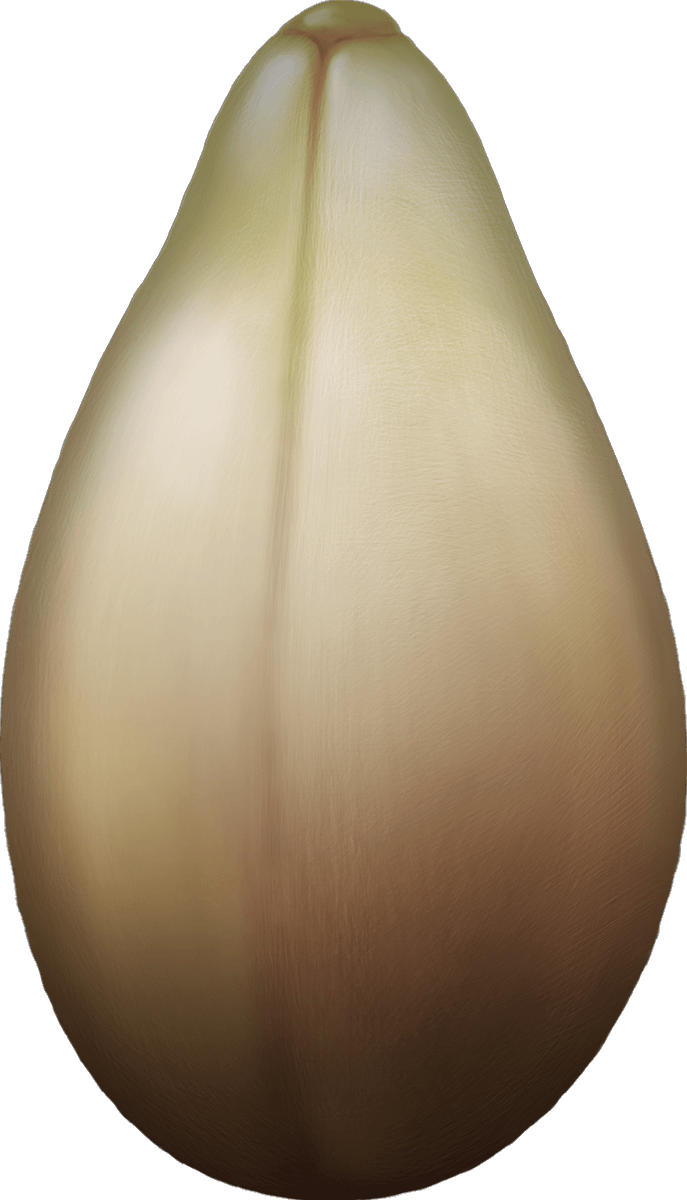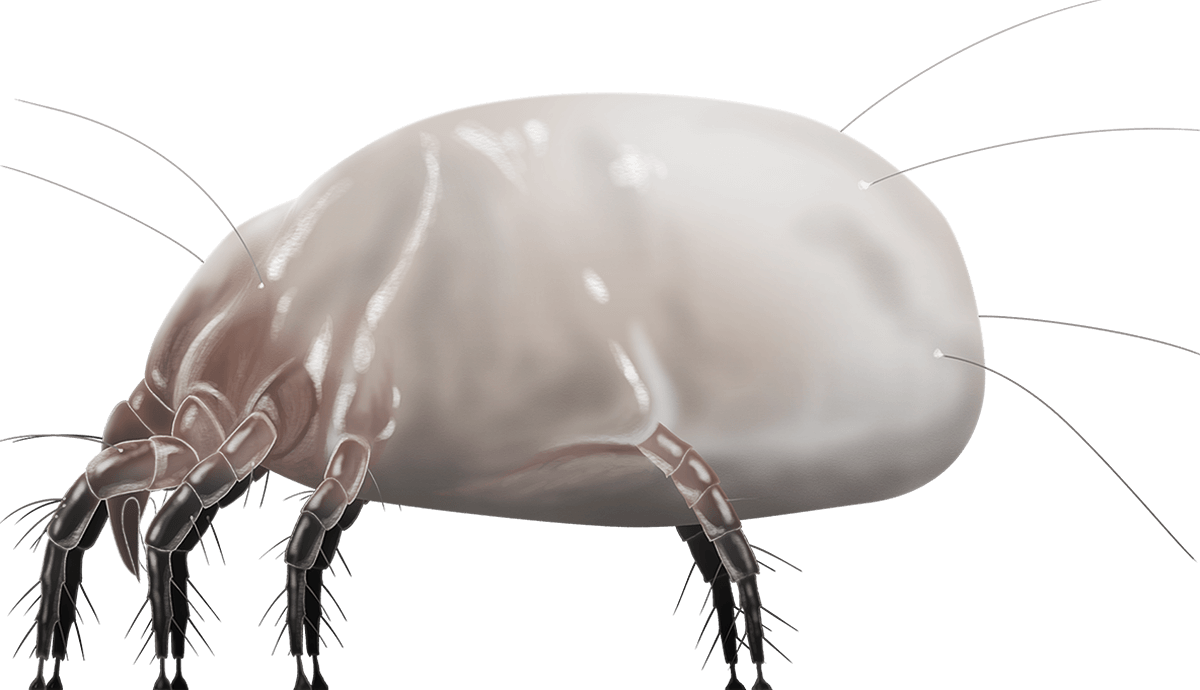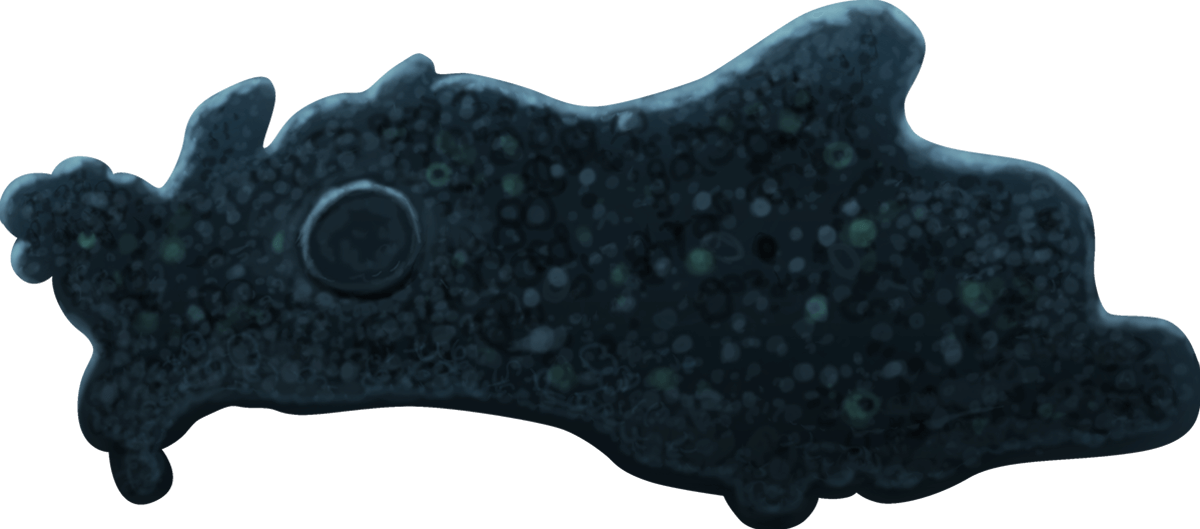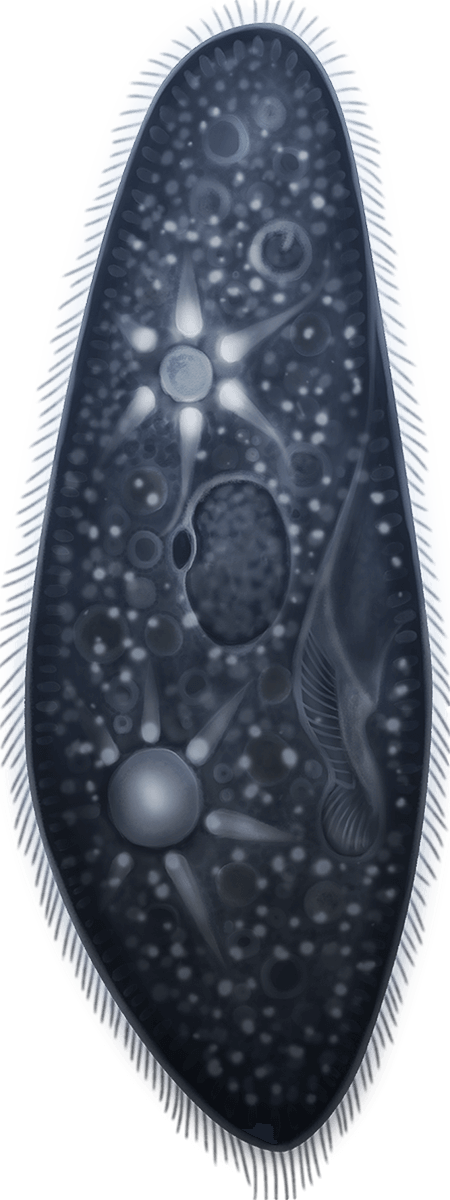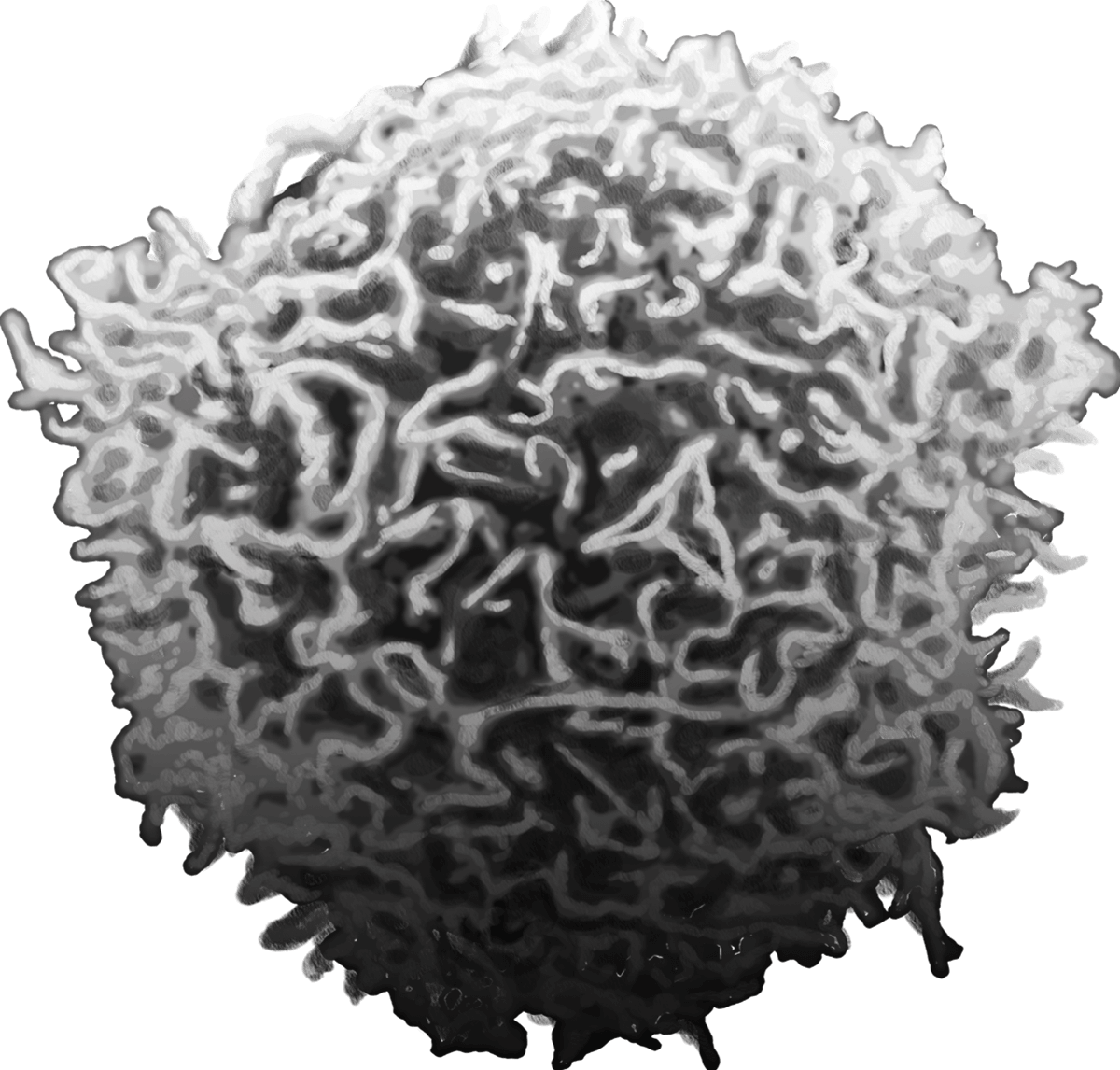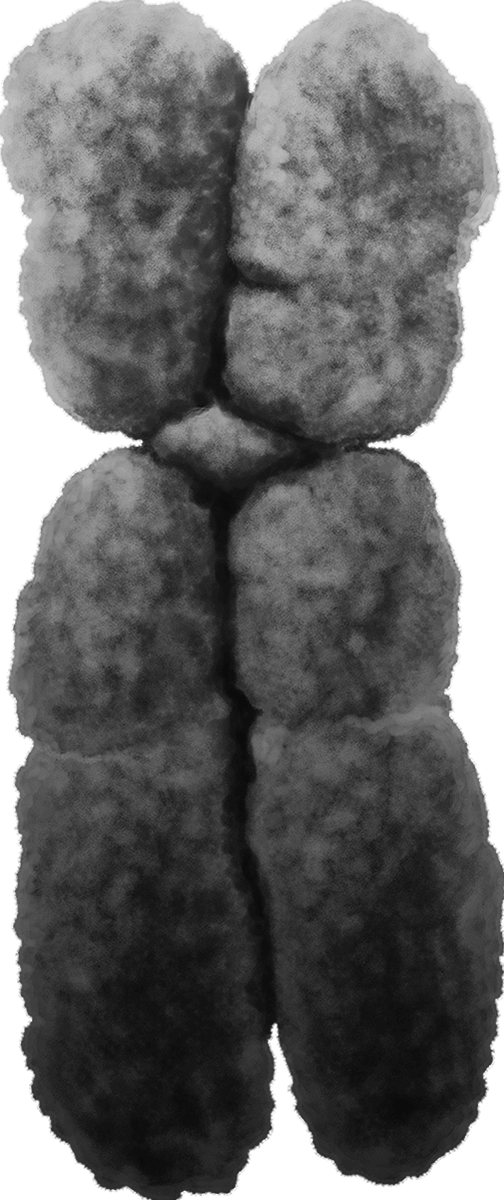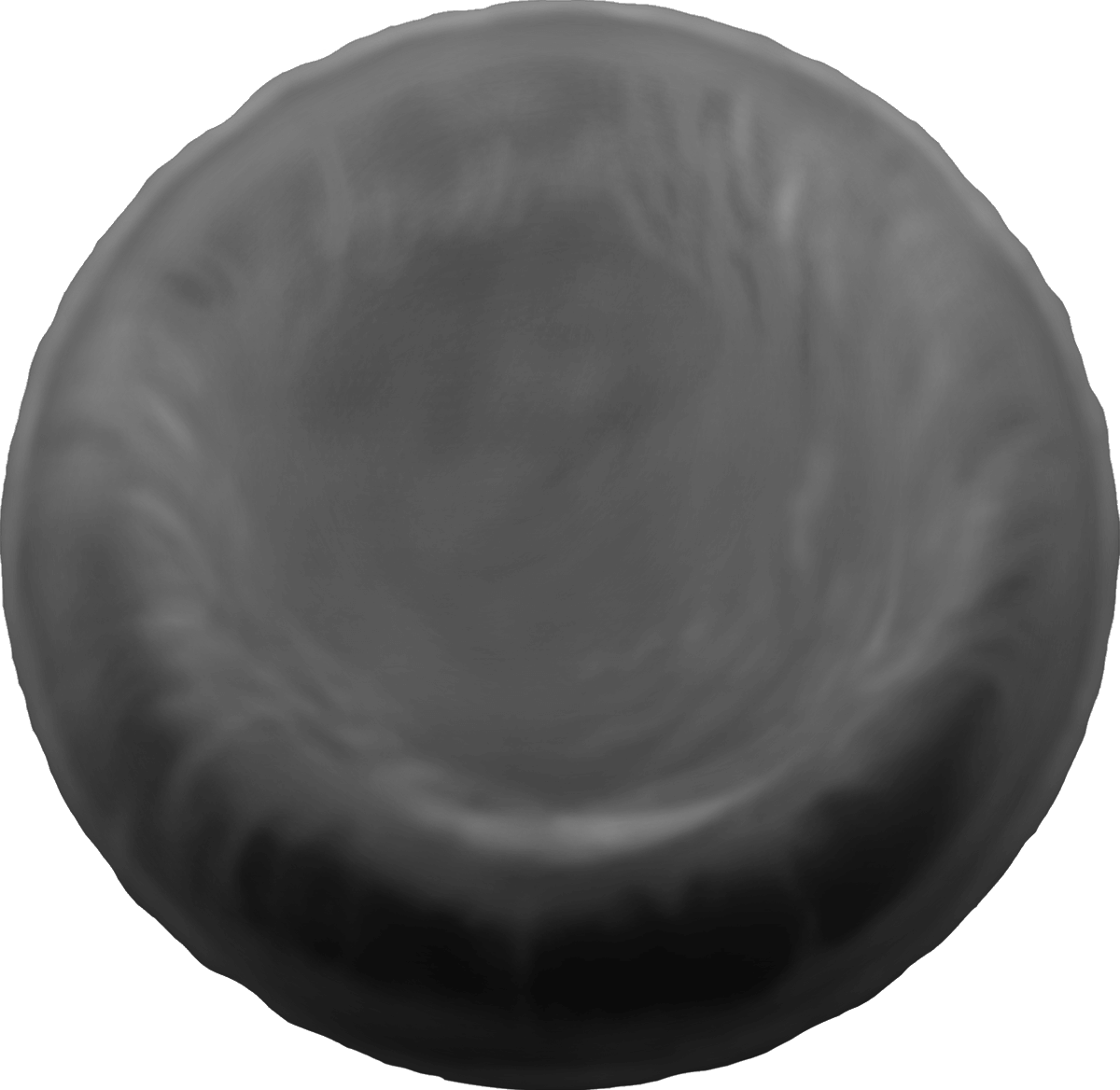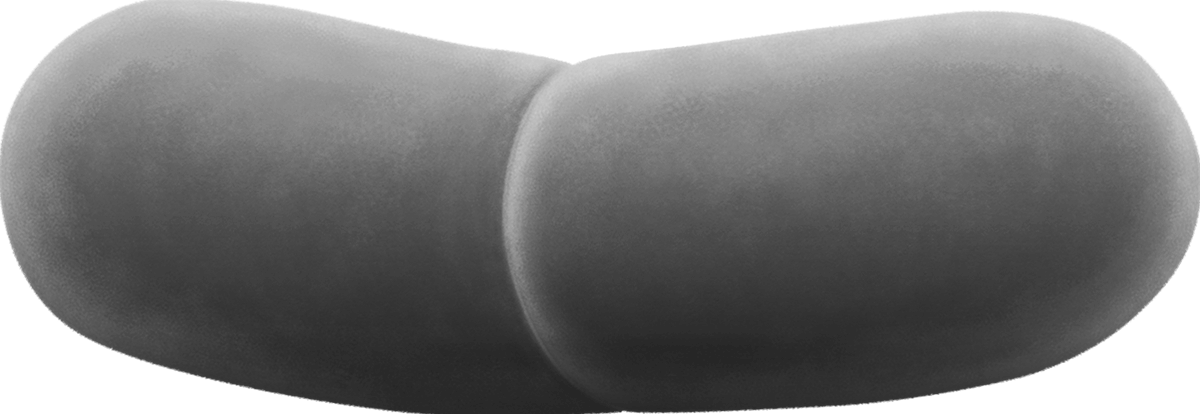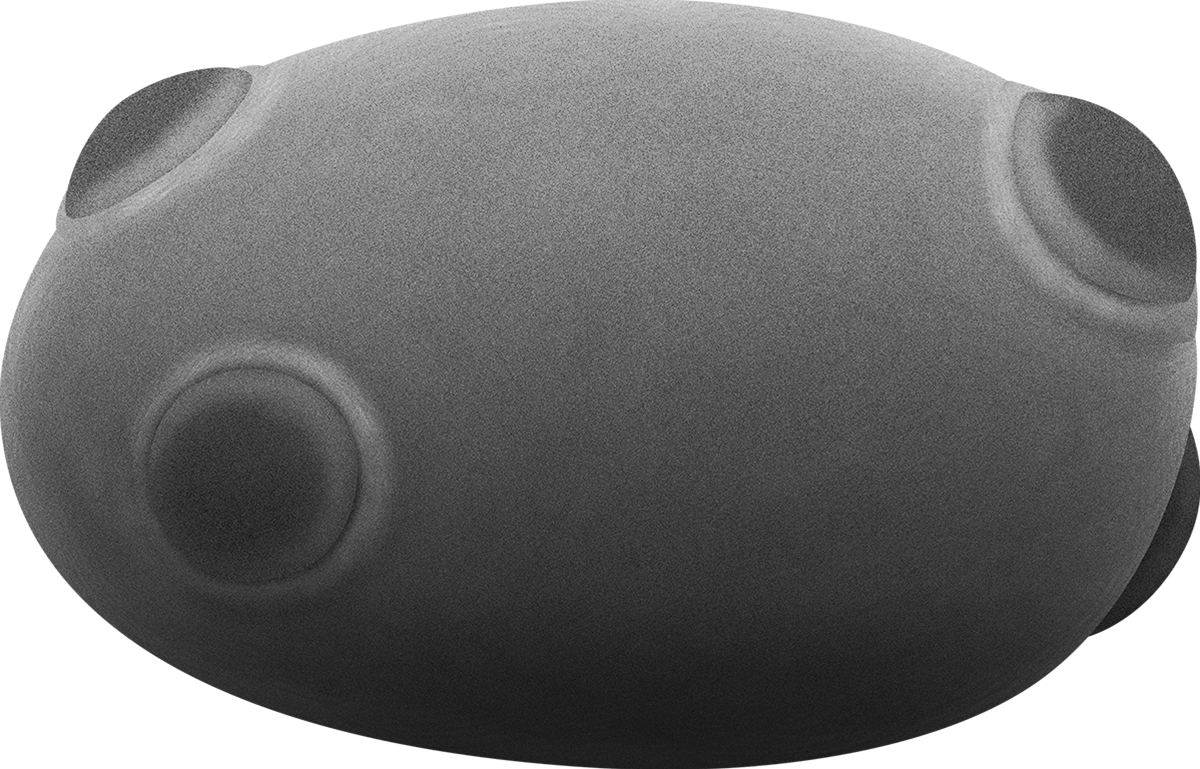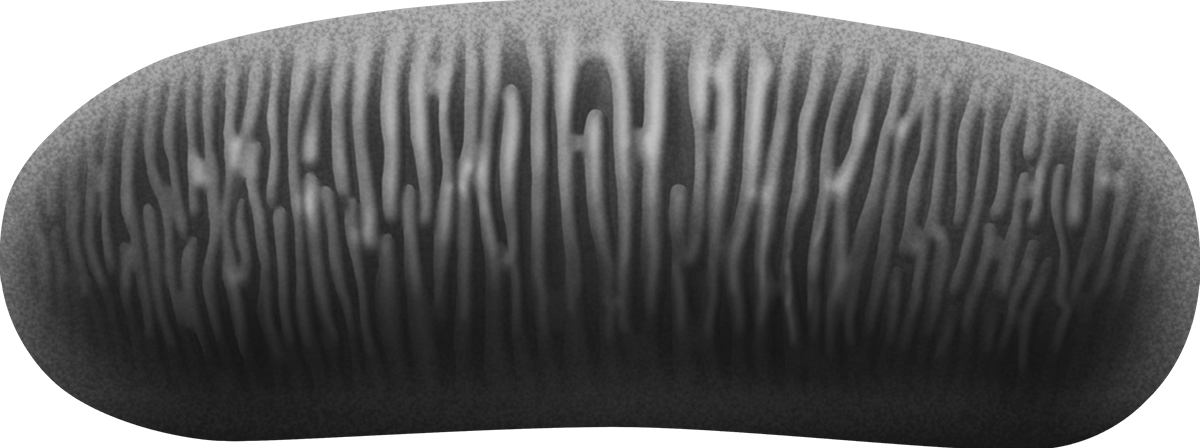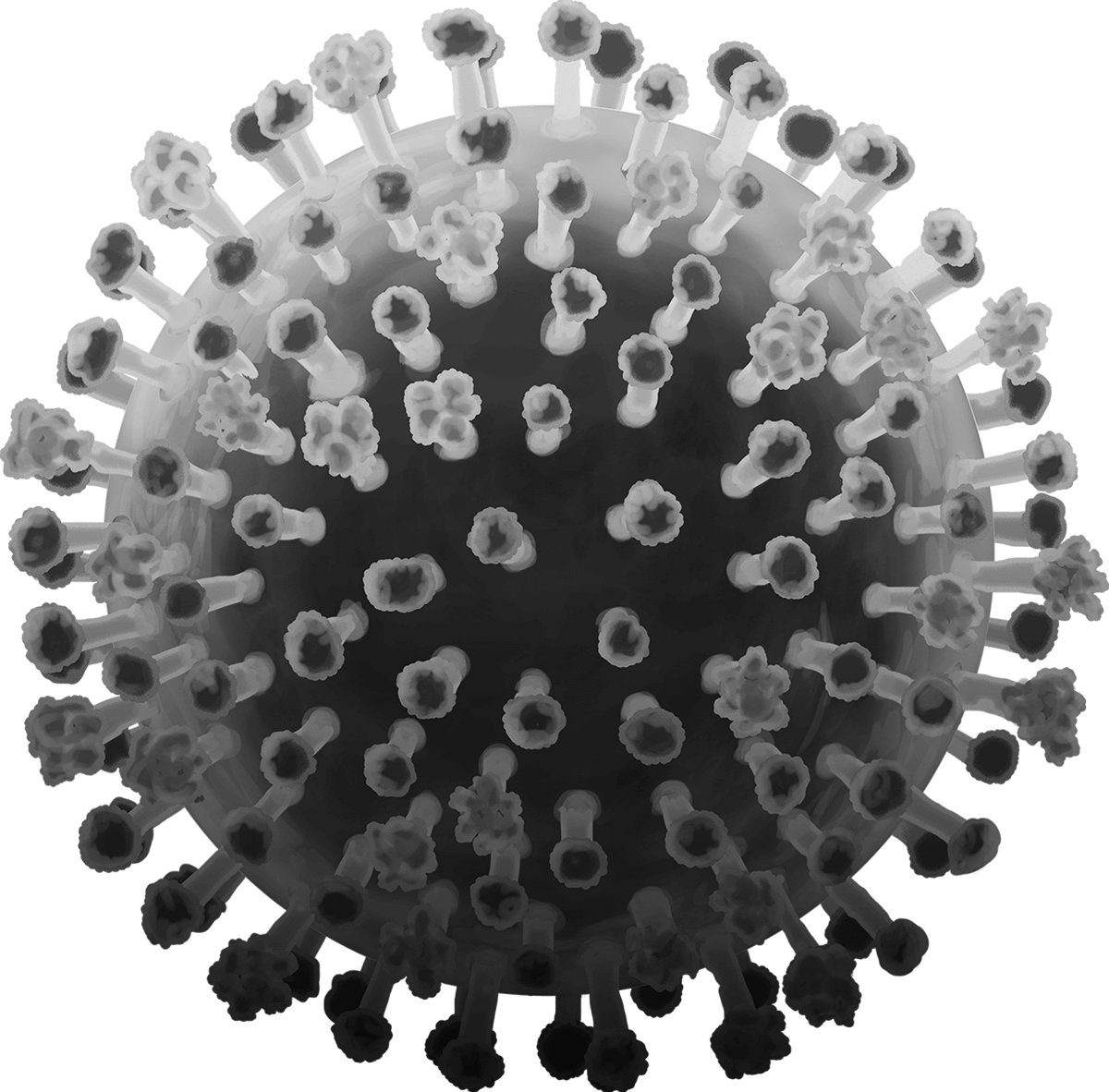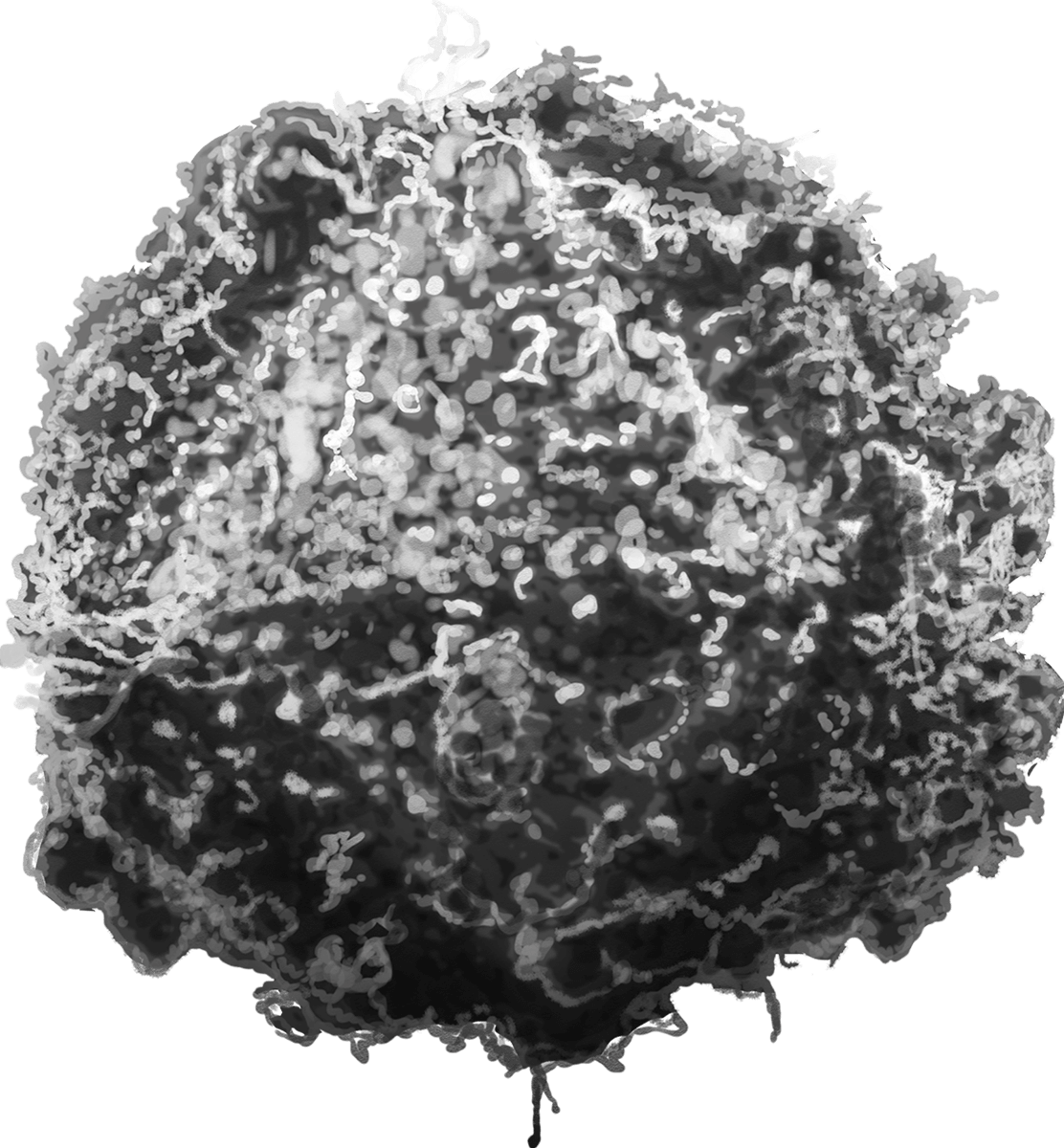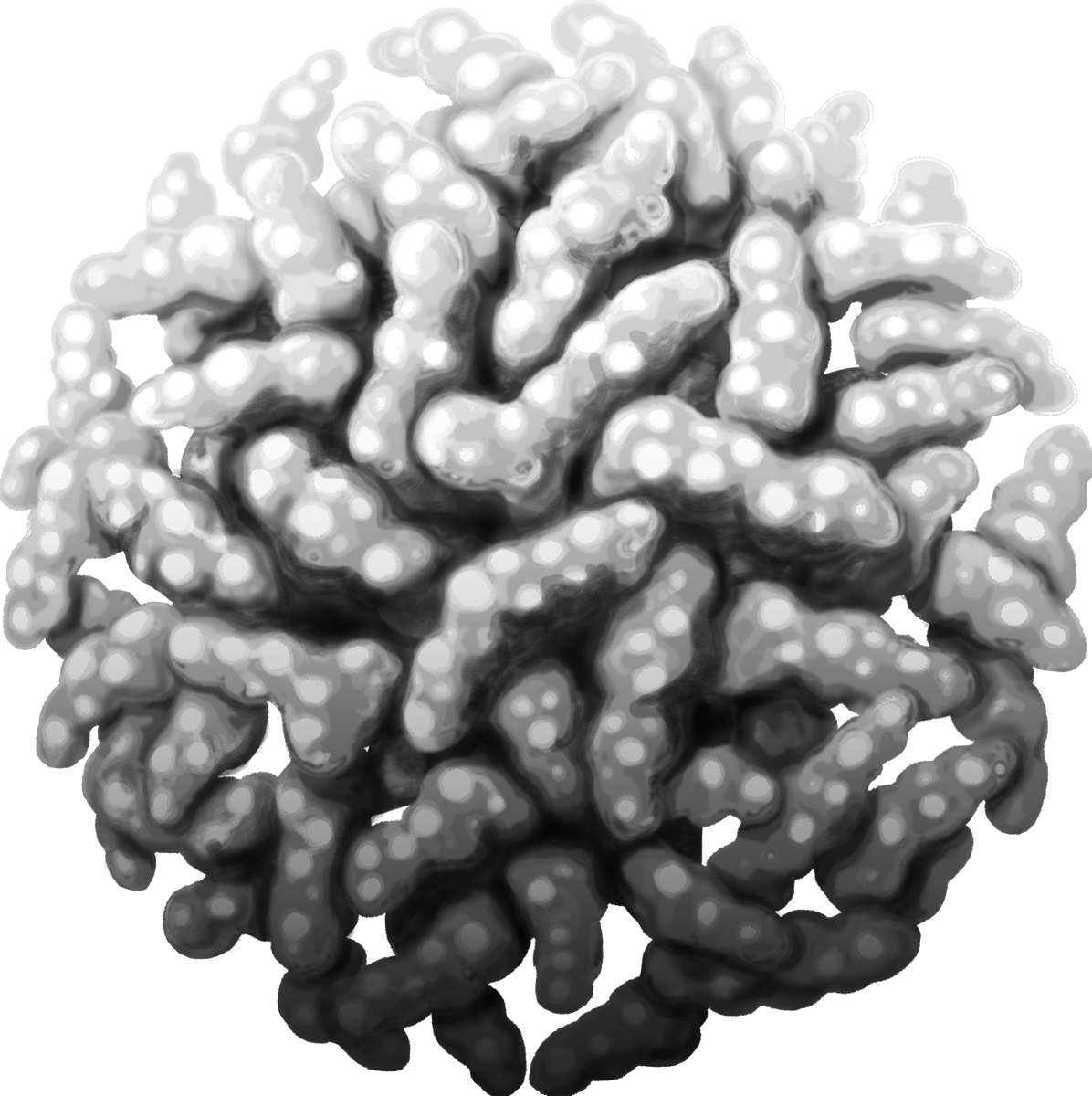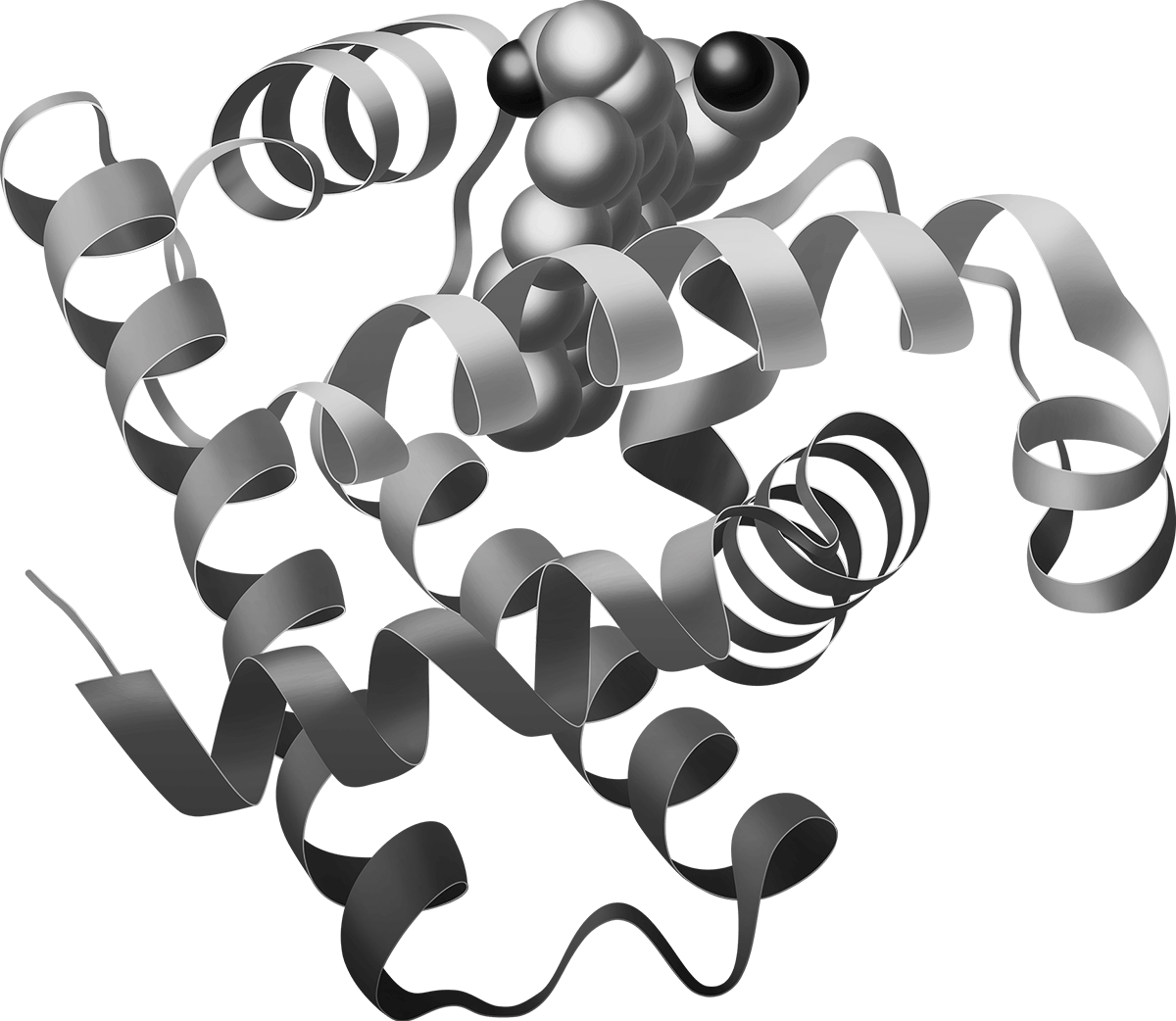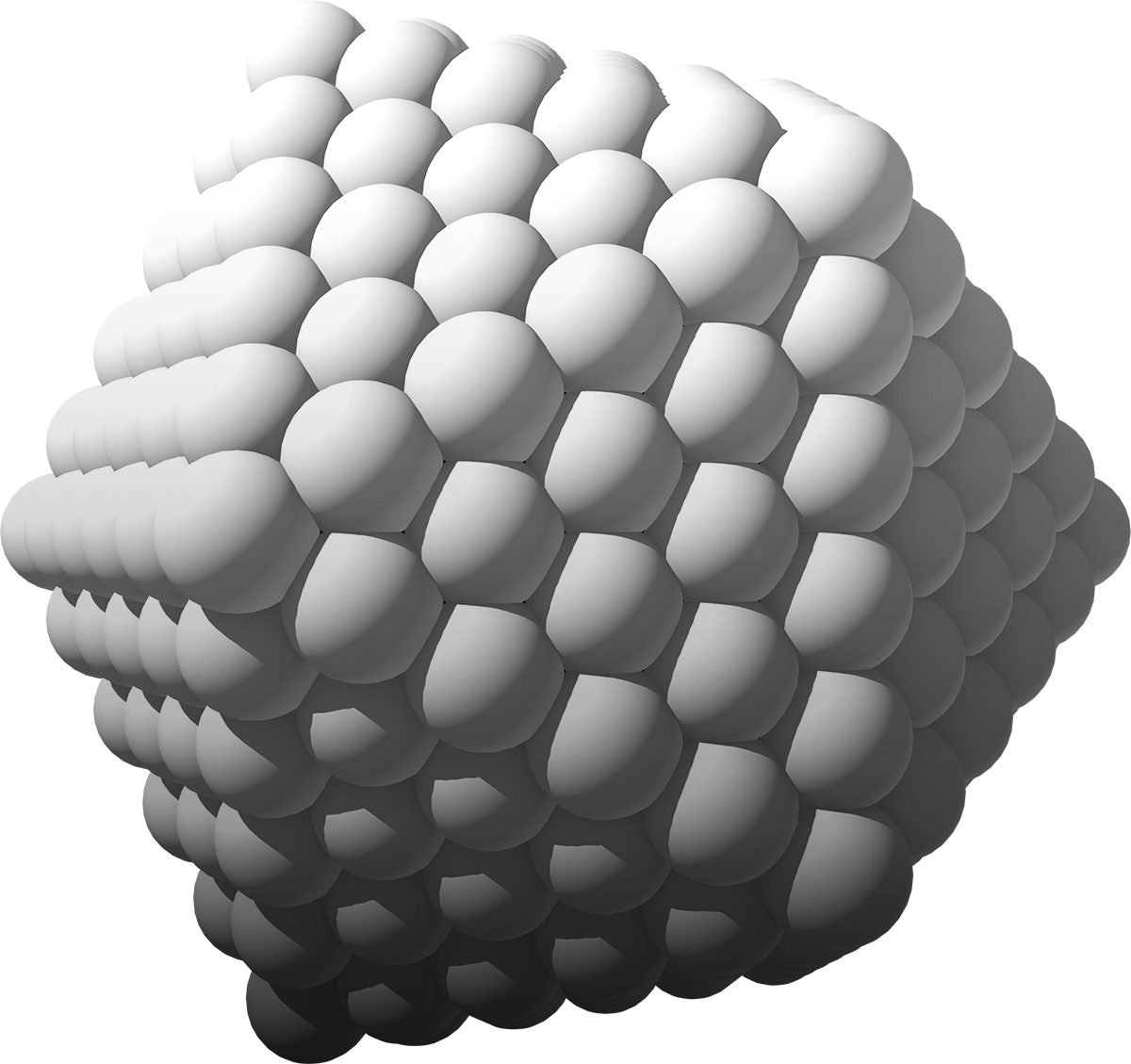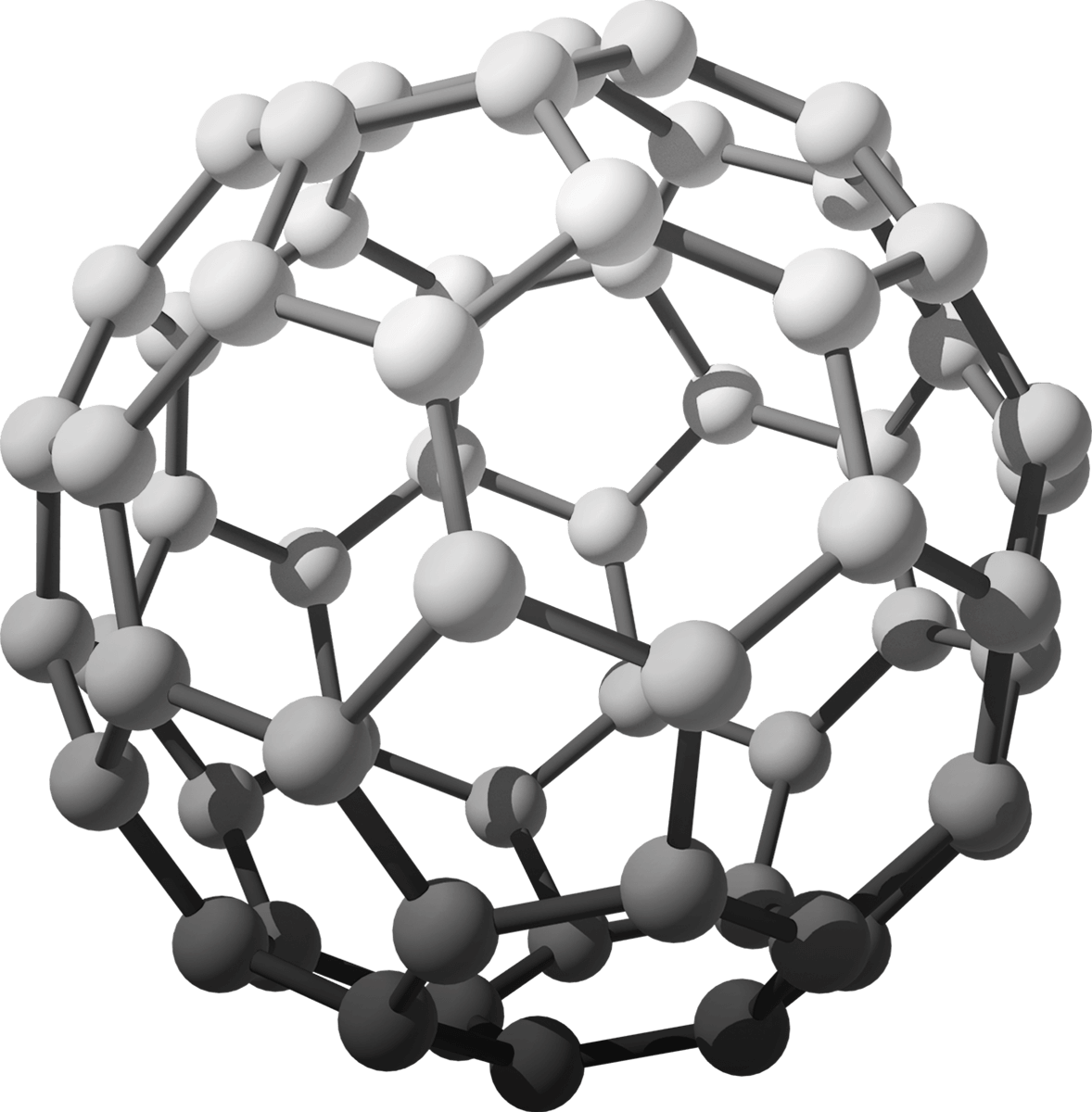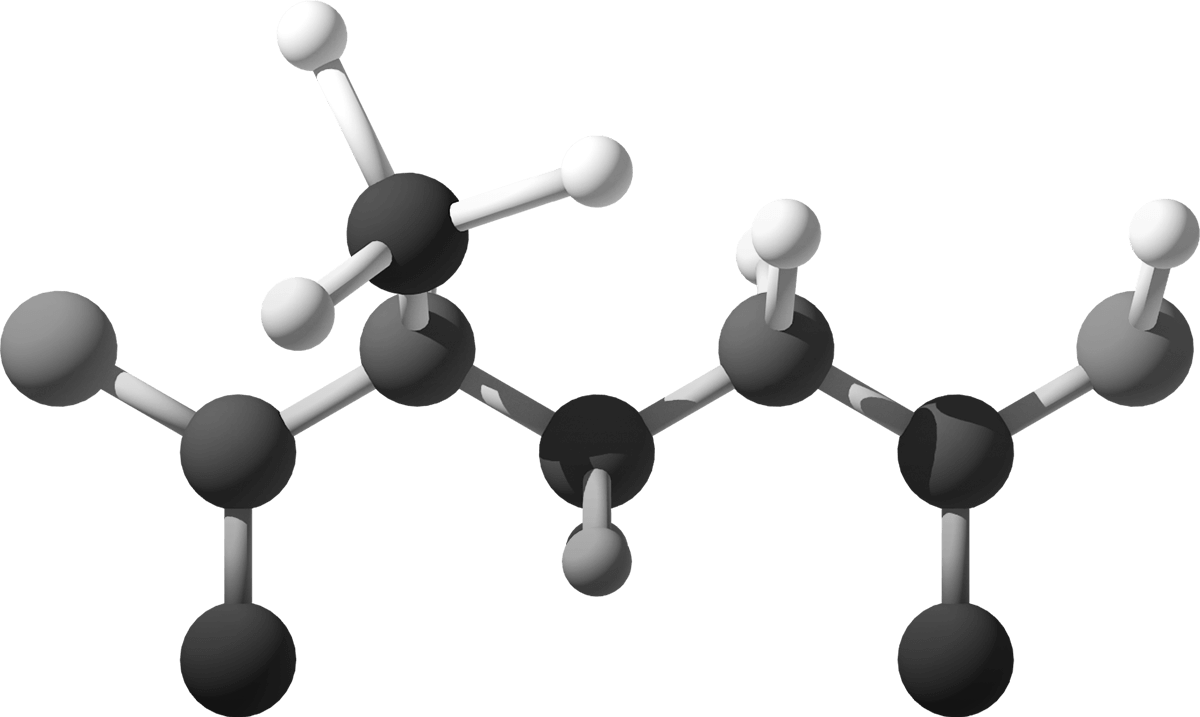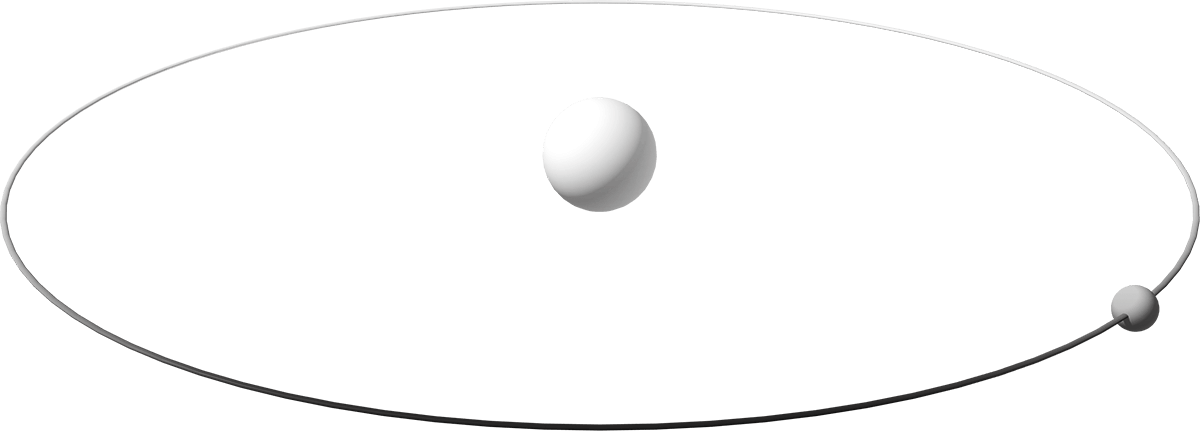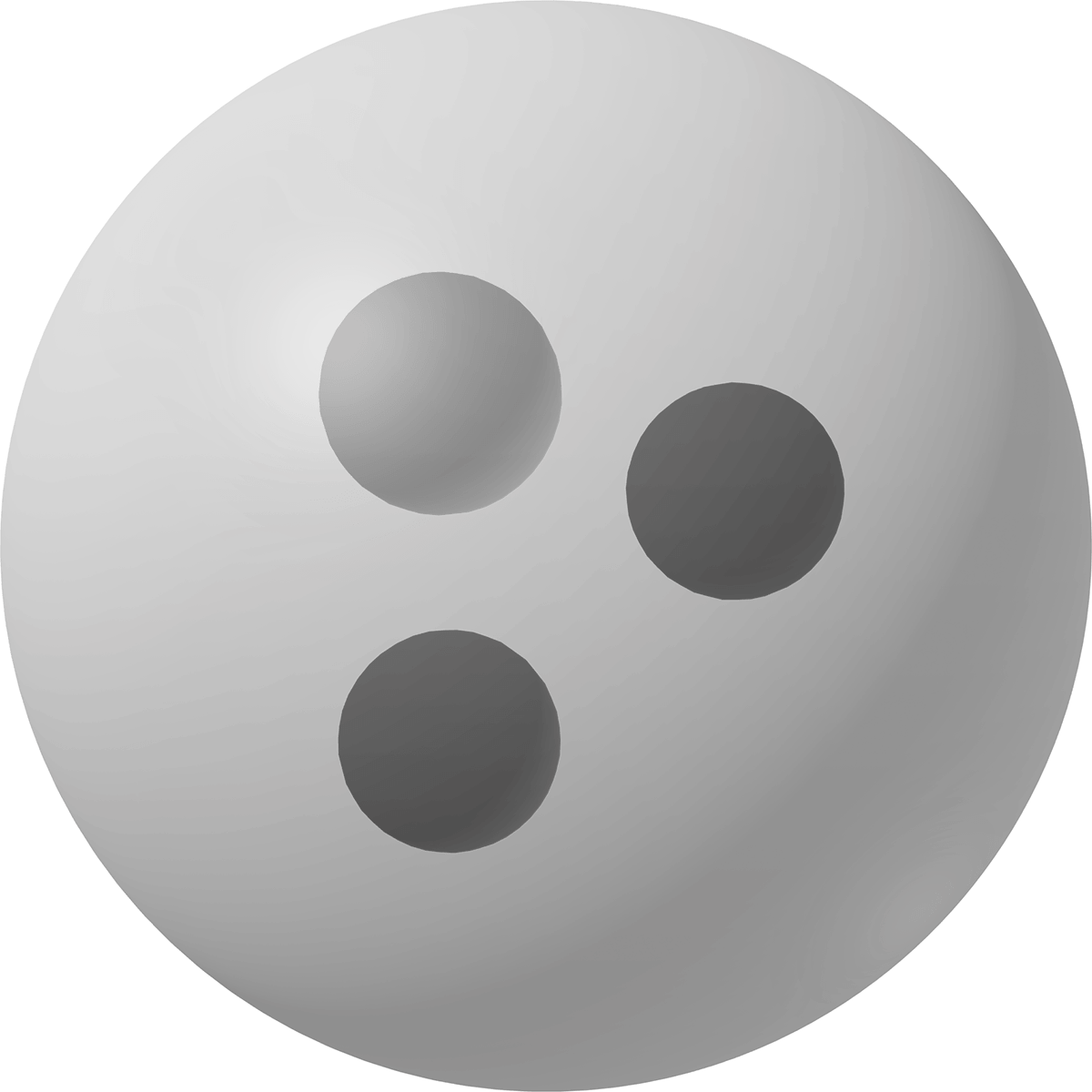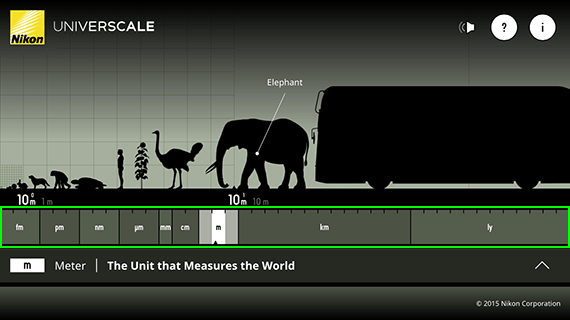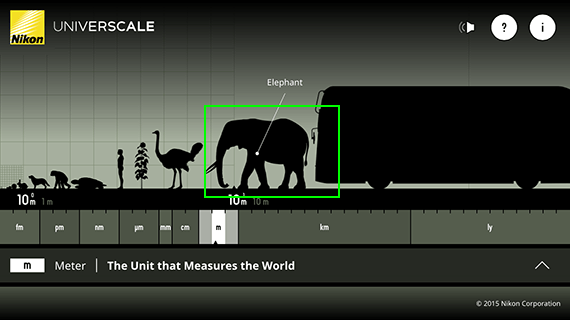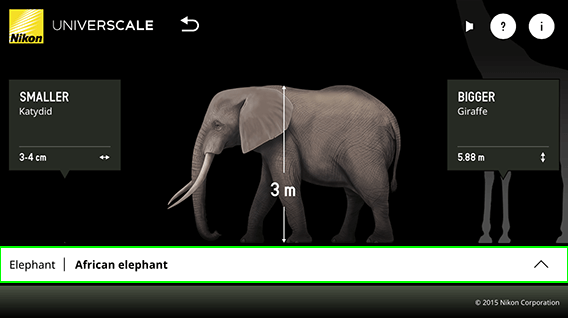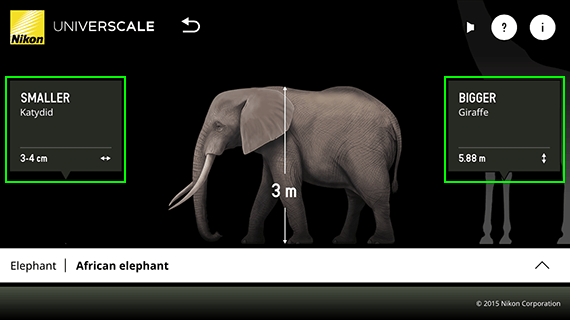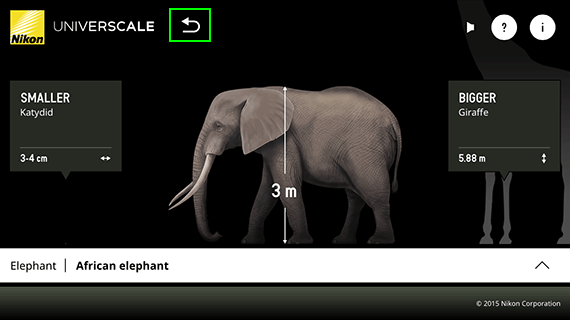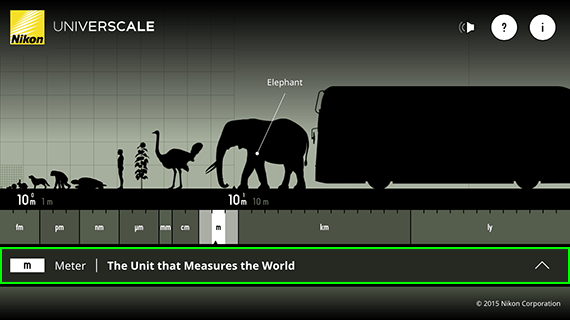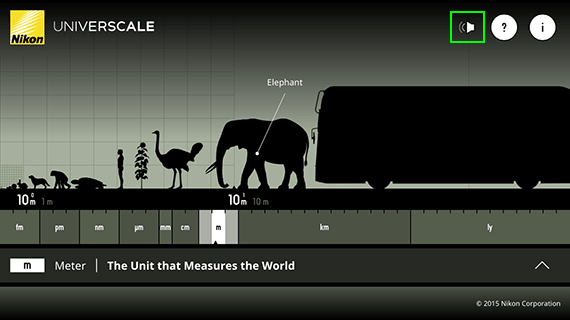— A unit of distance used in astronomy. The distance that light travels through free space in one year (approximately 9.46 trillion km)
The night sky full of stars that we see is actually an aggregation of light released from stars of differing ages in the distant past.
In a single view, we are able to see light released at various moments, hundreds, or tens of thousands of years ago, without being the least concerned with the distance of each star.
Because of the power of the constant and fastest entity, light, we can amuse ourselves by connecting the random arrays of the stars we see and attributing to them stories and relational meaning.
Still, we find it difficult to grasp their actual distance and size, since the universe is just too extensive.
We cannot, for example, easily imagine the speed of light.
Nor can we fathom the density of the external galaxies that are scattered about outer space,
described by I.Asimov in an immensely fitting metaphor: “A single particle of sand in a large 32 km by 32 km room.”
Although various scholars have been speculating and studying the universe for ages and defining it though measurement,
the cosmos itself is continually growing and waning. Even tomorrow, we may find contrasting results or new discoveries.
The word “light-year” clumps together the countless stories of our imagination and the never-ending fascination of scholars.
— One thousand meters. Kilo comes from the Greek word "chilioi" meaning "1000."
Units have redefined our world.
In particular, we use numerical expressions of size and distance to evaluate the outcomes of various activities in the cultural and economic arenas.
Not infrequently, these numbers have also symbolized power and success.
Since accurately measured sizes afford an objective perception, they enable us to share common amazement.
This could be the reason why we so desire to conquer the highest peak, construct the world’s tallest building, or make a far journey to a place where no man has ever been.
It may also be true that our competition for the limits and superiority has promoted the development of various technologies.
These perceivable, ‘real’ sizes incite in us adoration and amazement.
— A base unit of length, defined as the length of the path travelled by light through absolute vacuum in 1/299,792,458 of a second.
The Convention of Meter, concluded in France in 1875, established a single-unit system to be shared and comparable on the international level.
In place of the units of measurement using various parts of the body, such as length of the feet,
distance between fingers or other close-at-hand objects, or those established individually within regional communities,
there was approved a new common standard for the global community, based upon a value calculated from a giant object we all share alike, the Earth.
The existence of a standardized, official value for size has given new meaning to our world. Today,
we try to measure everything in the world and grasp its size by combining our own perception with these numerical values.
These measurements stimulate in us awe for the longer, larger, higher and faster existence, as well as feelings of sympathy and tenderness towards the small and the ephemeral.
The meter, the common standard of the global community, has given value to all entities, serving as a bridge between this world, our practice and our imagination.
— One hundredth of a meter. Centi comes from the Latin word "Centum" meaning "100."
We are generally intolerant of those ‘small things’ that are within the range visible to the naked eye.
For example, in our daily urban life – with the exception of some pets – we tend to perceive most insects and small animals as annoying , unidentifiable, and unpleasant.
Are insects beneficial or pests? Do we utilize them or eliminate them? Rarely are we do black and white about our position in a single area.
Then, why? While smallness fosters in us feelings of tenderness and kindness, at the same time it stimulates our desire for control and domination.
The expressions “have in your hand” and “get hold of “ are perfect examples.
A small person shows his might to a smaller entity which he can control freely in the palm of his hand, and perhaps this is a consequence of his smallness.
Recently, we have become increasingly fascinated with ‘function in the palm,’ and encounter various opportunities for our curiosity to be thus aroused.
Our obsession with and enthusiasm for compact and highly functional products are an expression of our desire to control and dominate, as well as symbols of our individual styles.
— One thousandth of a meter. Milli comes from the Latin word "mille" meaning "1000."
The human eye is a sensory organ possessing extremely precise and delicate capabilities.
However, unlike certain creatures such as flies and bees, which possess superior visual perception,
humans require certain extremely defined conditions – or more specifically, a limited range of wavelengths – for sight.
The millimeter is the limit to our naked eye vision.
Rulers are marked with millimeters as the smallest unit, and as the objects become more minute, from hair to fleas, we lose our ability to perceive them.
We regard anything beyond this limit as ‘another world.’
Up until the Industrial Revolution, the most precise unit used in measurement and in manufacturing was the millimeter.
Recently, however, the progress of computer-based technology has allowed us to completely exceed this limit.
Meanwhile, the things that we can measure with the naked eye are still what we trust and understand the most.
— One millionth of a meter. Micro comes from the Greek word "mikros" meaning "small."
Each human is, without doubt, and independent being in this natural world.
Humans form complex communities and are interlinked to many other life forms.
Although we are prone to consider ourselves the smallest units of such a world, this notion is not quite accurate.
Our bodies are made up of cells, each of which is an aggregation of tens of millions of microbes, and each of these microbes in turn is loaded with genes.
In other words, we ourselves are community of microbes, and therefore we are microcosms which are repeatedly born and destroyed just like the universe.
Within our bodies, dramatic science fiction-like events are unfolding every day.
The bacteria and viruses constitute intruders from the outer world, tackled by our various immunity defenses.
Microscopic cells with ‘minds of their own’ are alive within us, such as the cells that spin out life by repeatedly dividing and multiplying,
and the ‘misbehaving’ heretical cells that begin attacking others of their own kind.
— One billionth of a meter. Nano comes from the Feek word "nanos" meaning "dwarf."
The term "nano" always accompanies dreamlike catch phrases. Dramatic developments in various technologies have decidedly extended the world we can 'see,' inviting us into the ultra fine world of matter at the molecular and atomic level.
We can now make minimal substances even smaller, or collect and transform them into a different material of any desired size or shape.
One billionth is such an unimaginable, unrealistic smallness. What can this size be likened to?
The ratio of the earth (1 meter) to a marble (1 nanometer) is a popularly used example. Regardless, thanks to the microscope and in-depth probing, we have mastered the art of altering atomic configurations at will, manipulating, controlling, and generating them.
In due time, all of our current conceptions regarding matter, such as quantity, quality, color and shape may be abolished.
Products developed on the nanometer scale are already being marketed as daily life consumables. Our growing interest is on how the nano will be applied to those products that are familiar to us, and how it will relate to our lives in the future.
— One trillionth of a meter. Pico comes from the Italian word "piccolo" meaning "small."
The picometer. At present, we are not able to realistically accept the scale of this unit into our daily lives.
The size – known as the size of the nucleus of an atom – is, from a practical standpoint, bundled up into the “sub-nano order,” the general realm of the miniscule and microscopic. It thus unfortunately lacks any specific identity as yet, in terms of its function or worth.
Quite simply, it is best described as the “premature ‘prodigy’ of potential” – although it is not in any way a fantasy that exists only in theory.
Theories preceding a concept, as long as they are not mistaken, should lead the way for the realization of appropriate technology at lighting speed.
In the not-so-distant future, the titles of “Industrial revolution of the 21st century” and “infinite possibility that changed the history of mankind” will undoubtedly be attributed to the picotech.
Then, for what purpose should we utilize such phenomenal technical capabilities? The evolution of such technology shall test out intellect and creativity.
— One quadrillionth of a meter. Femto comes from the North European word "femten" meaning "fifteen."
While the number of elements existing on earth is over one hundred, the majority of substances in the world are comprised of only a trifling few of these.
The element, defined as matter that cannot be further simplified through chemical reaction, is in turn comprised of the smaller components of nucleus, neutrons, protons and electrons.
Recently, the existence of an even smaller particle, the quark, has been made known.
Unfortunately, the size (weight) of the quark is too small to be actually measured.
Today, using a microscope with the highest amplification powers available, the limit to what we can ‘see’ is the atom at best.
Any particle smaller is only a numerical value derived in theory.
Just as we will never be able to grasp the extremely immense universe as a reality because we are not able to see its full picture,
we are not, by any means, able to ‘see’ everything in this infinitesimal world.
We can only use our imagination to muse in wonderment over its astronomical smallness.


